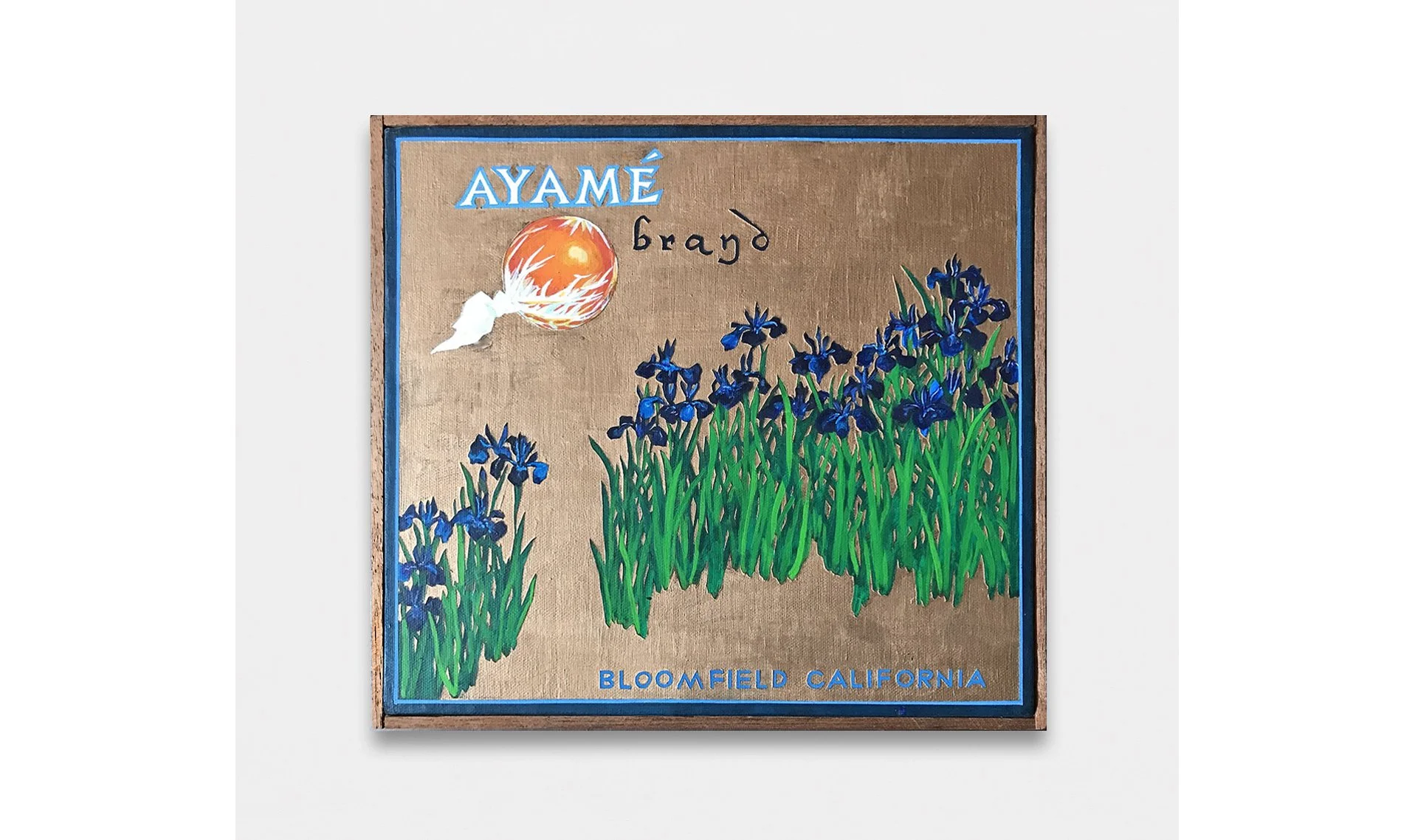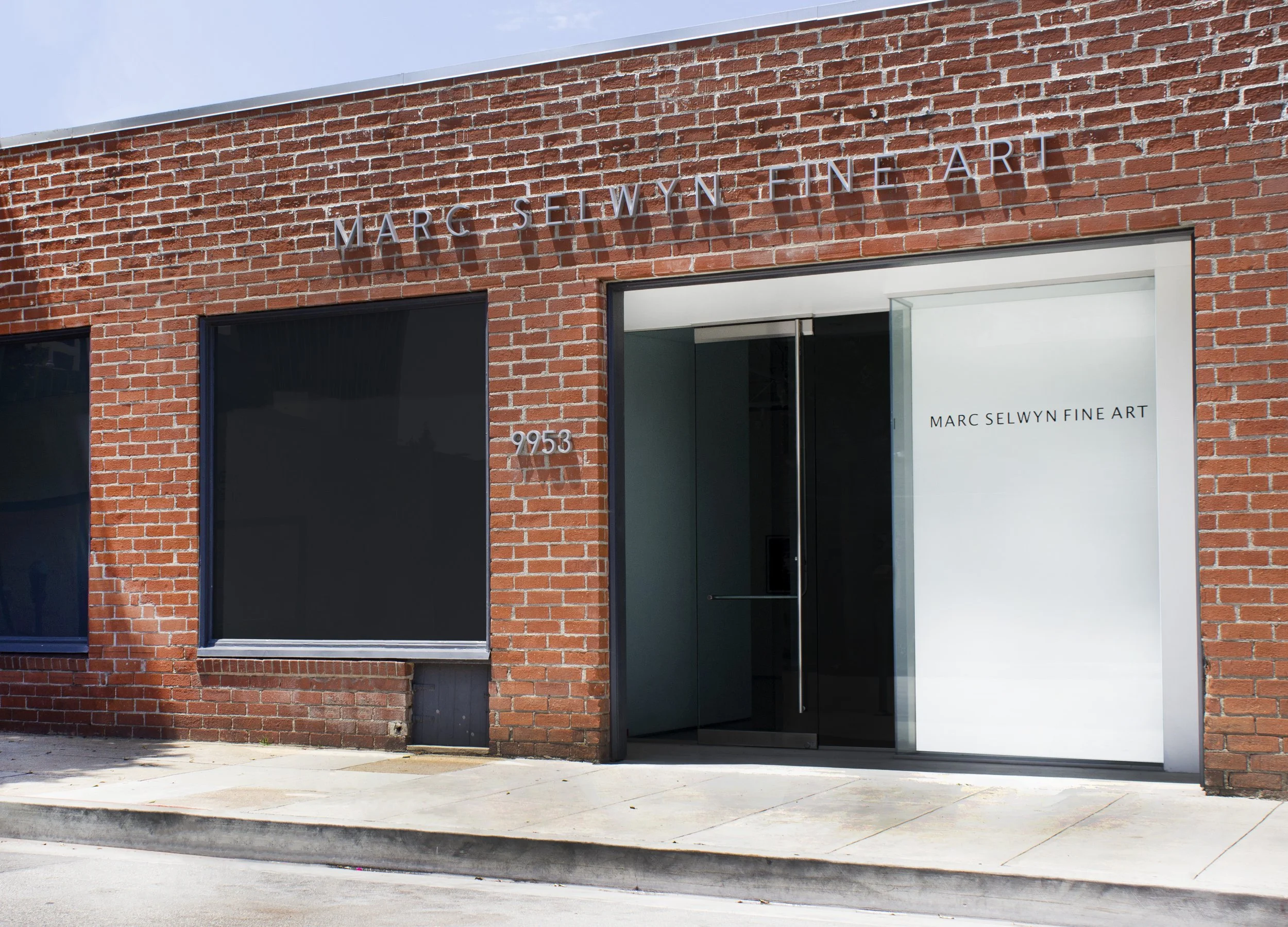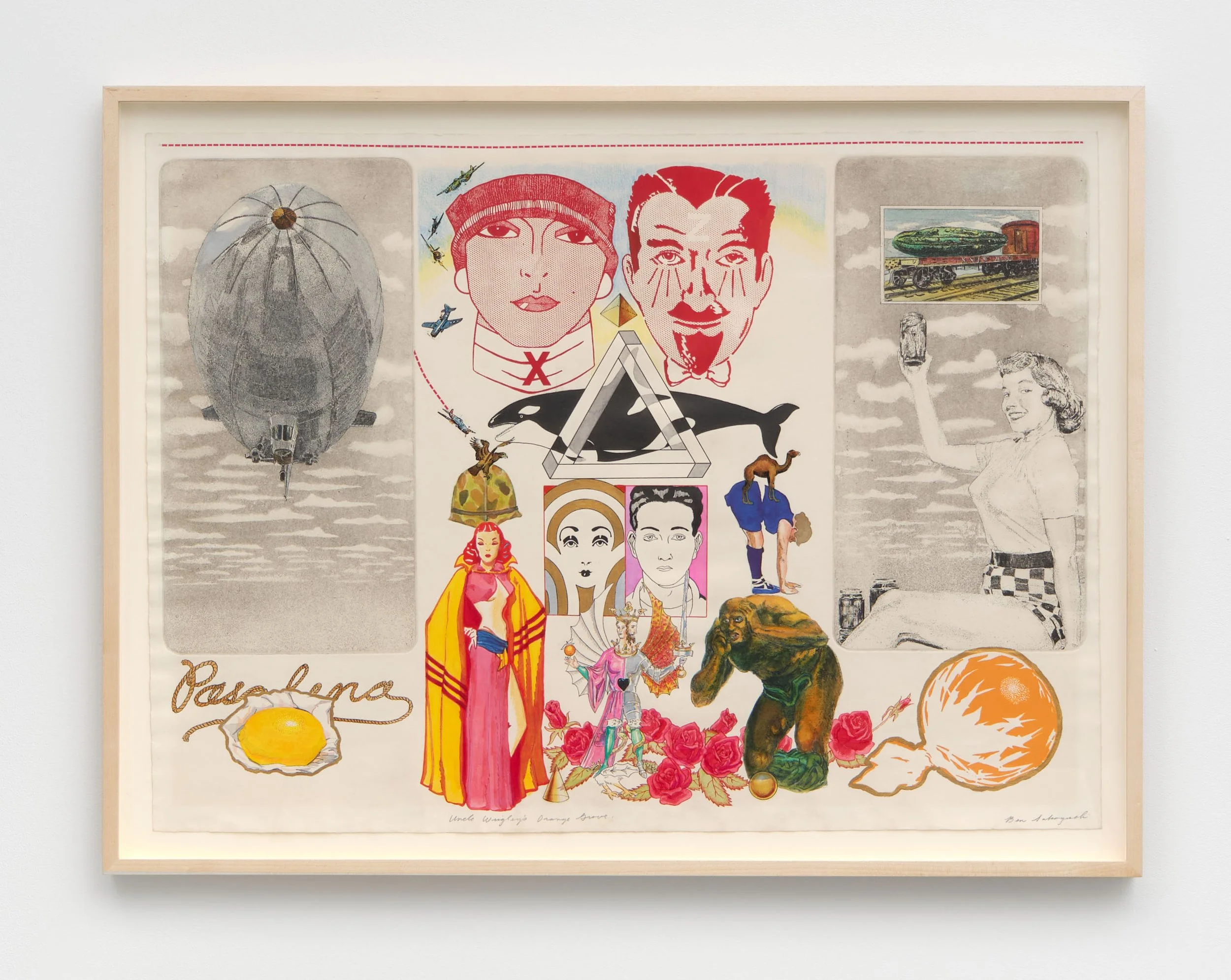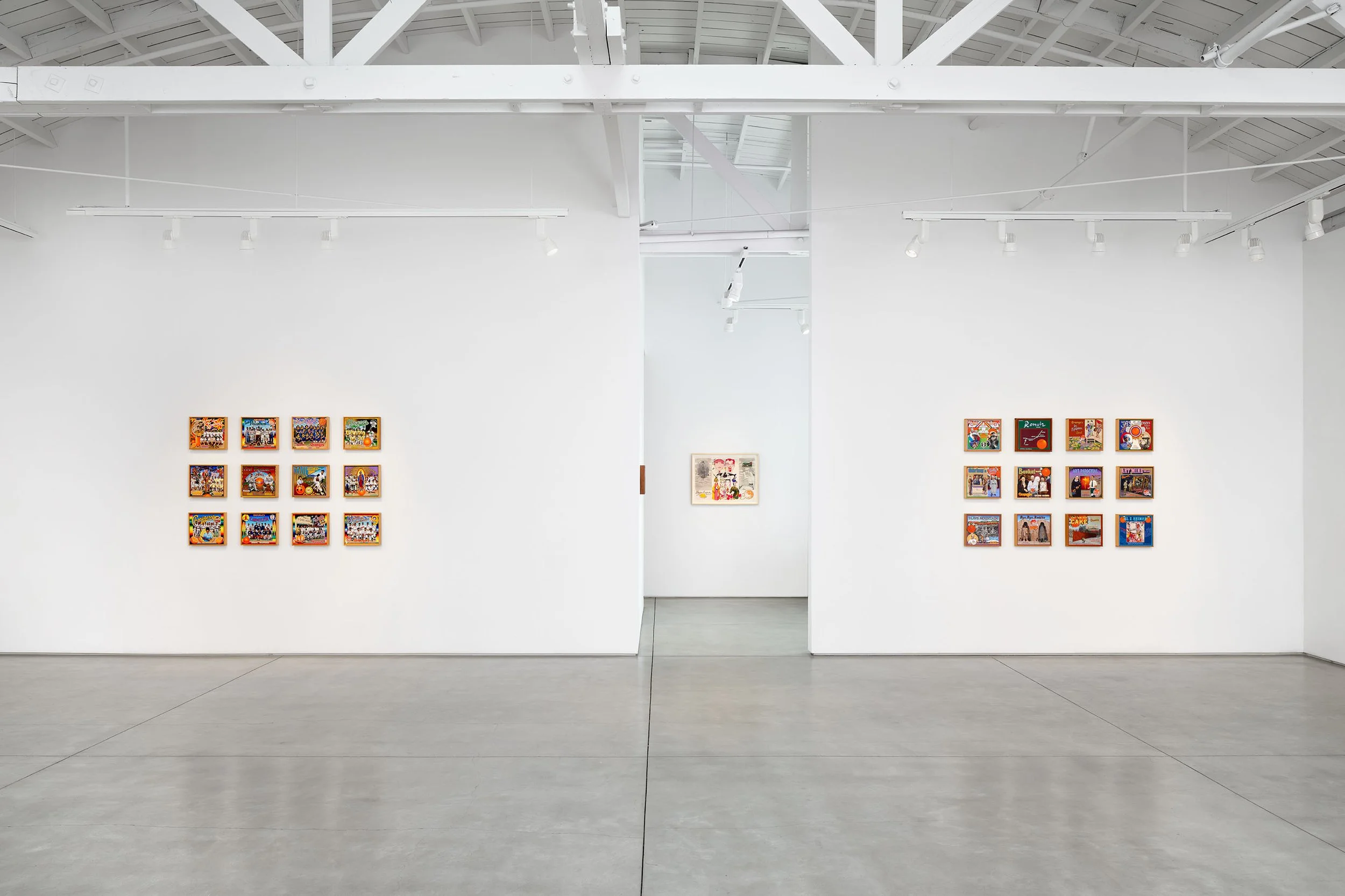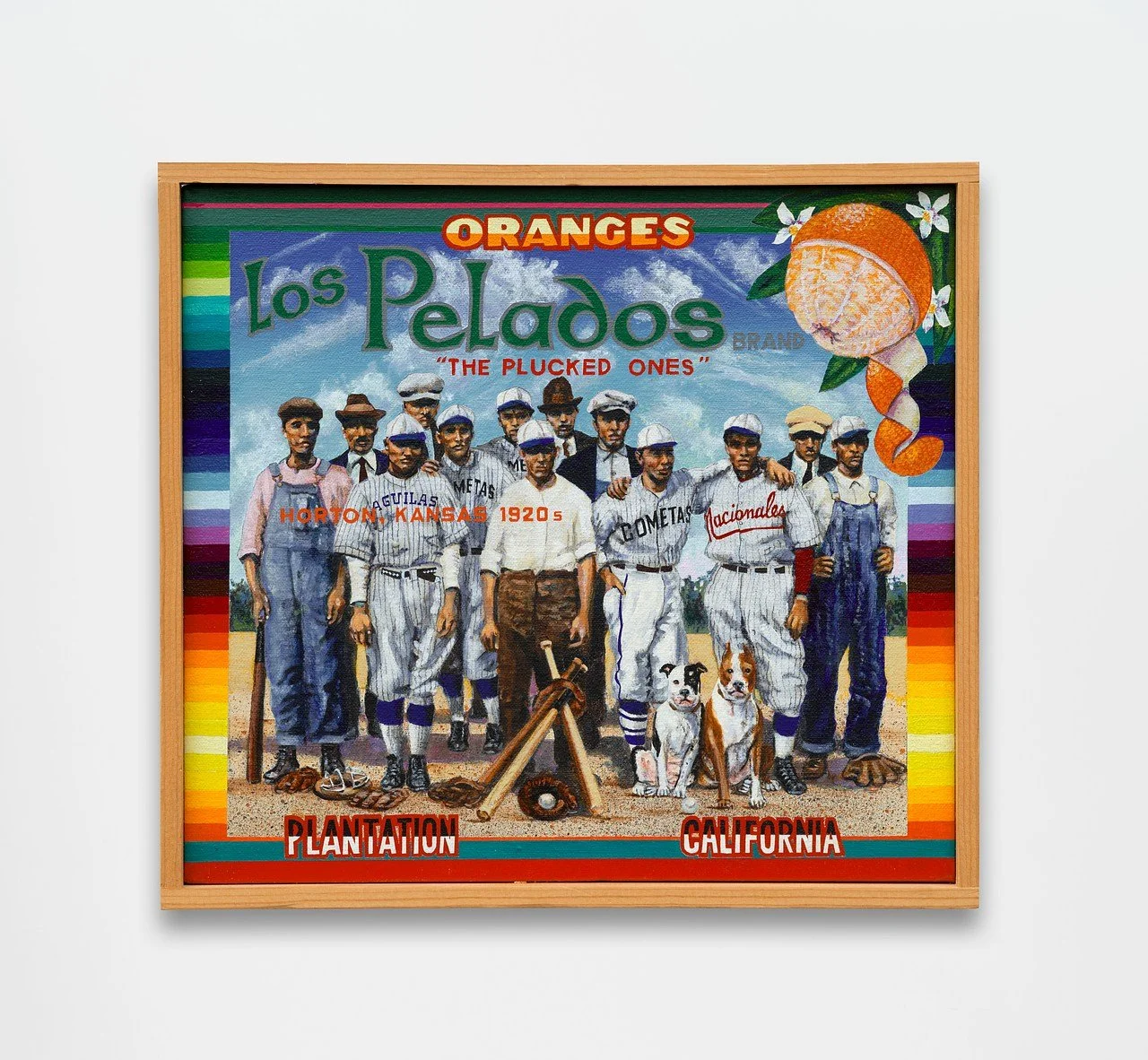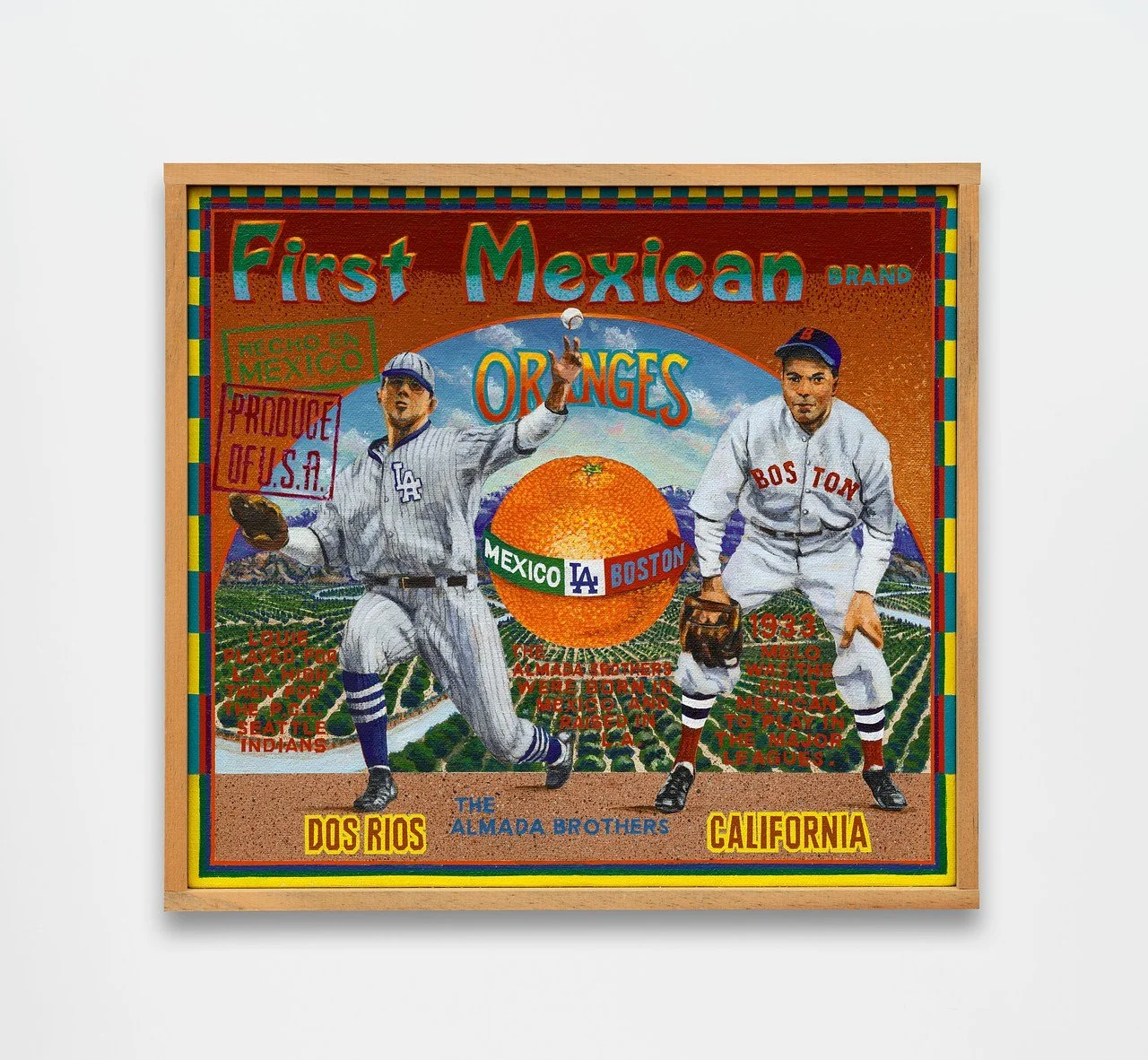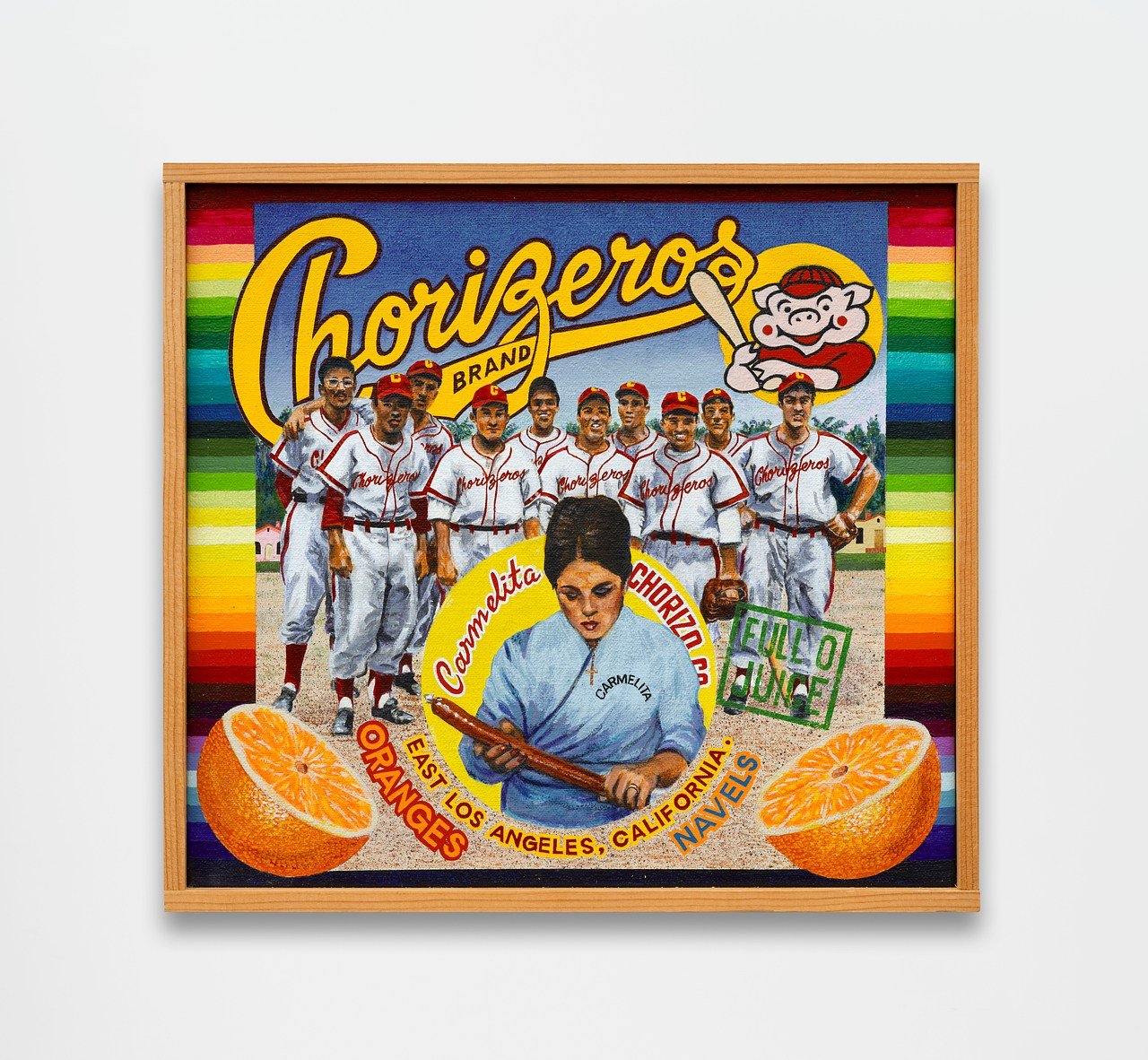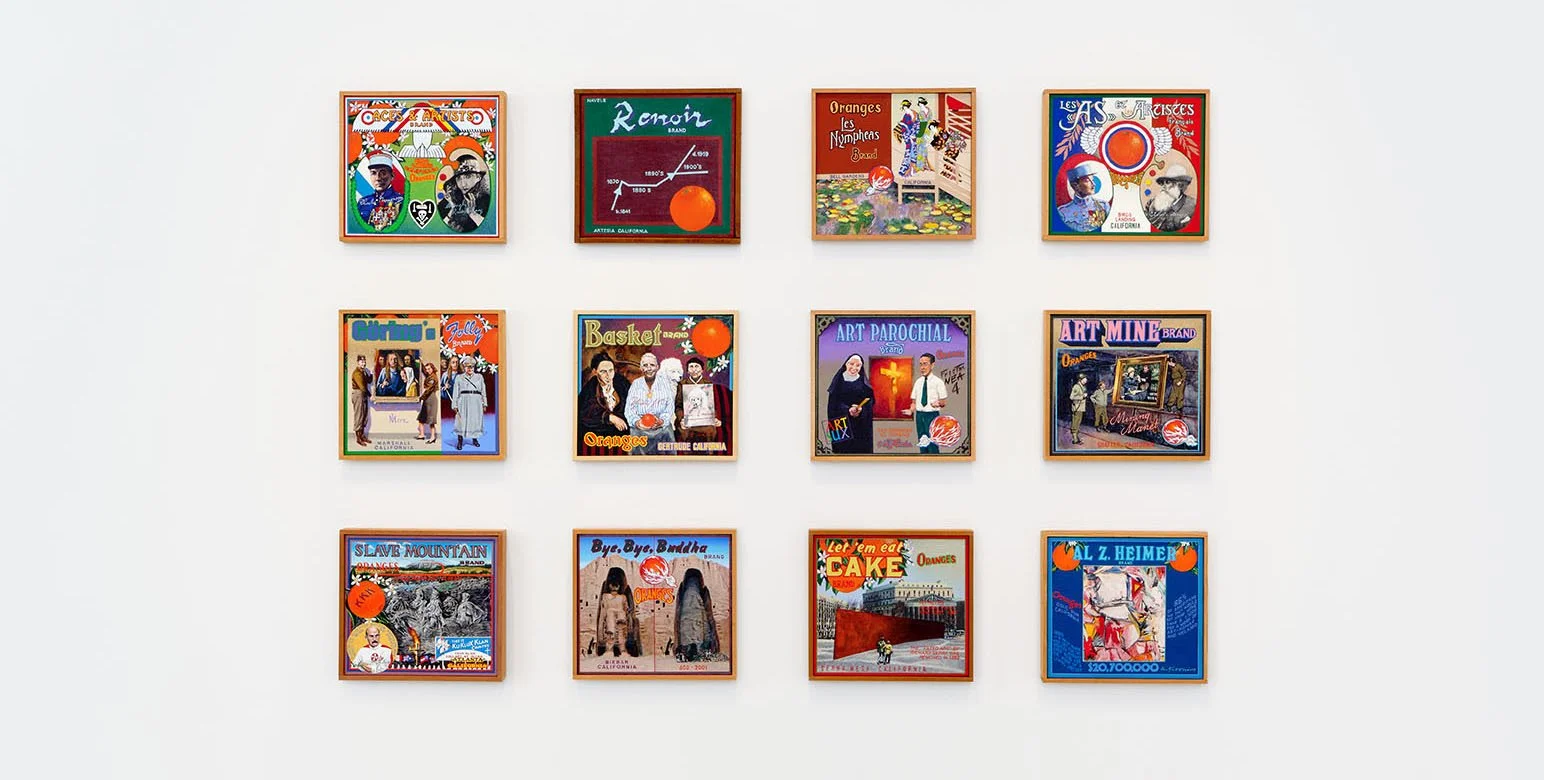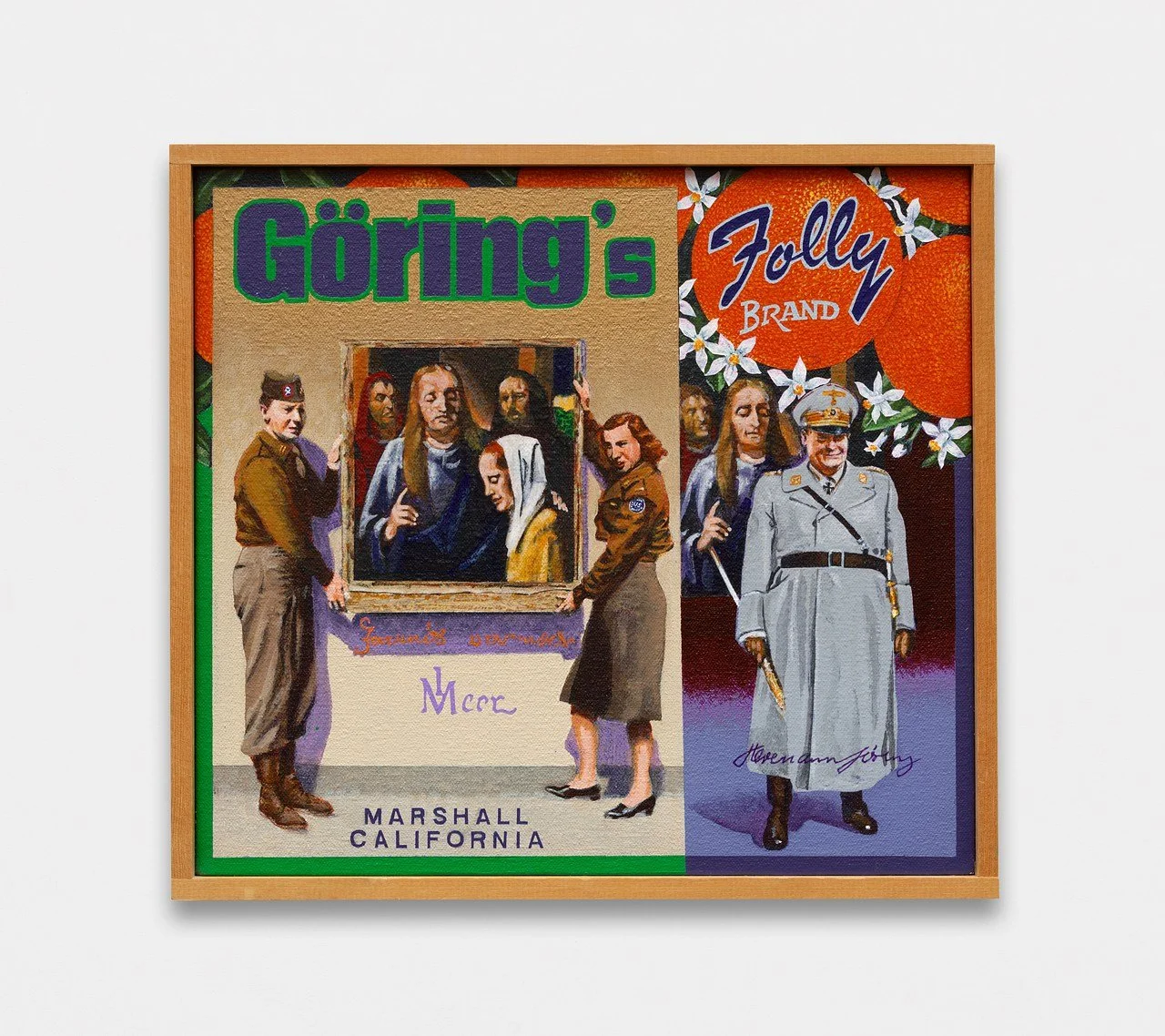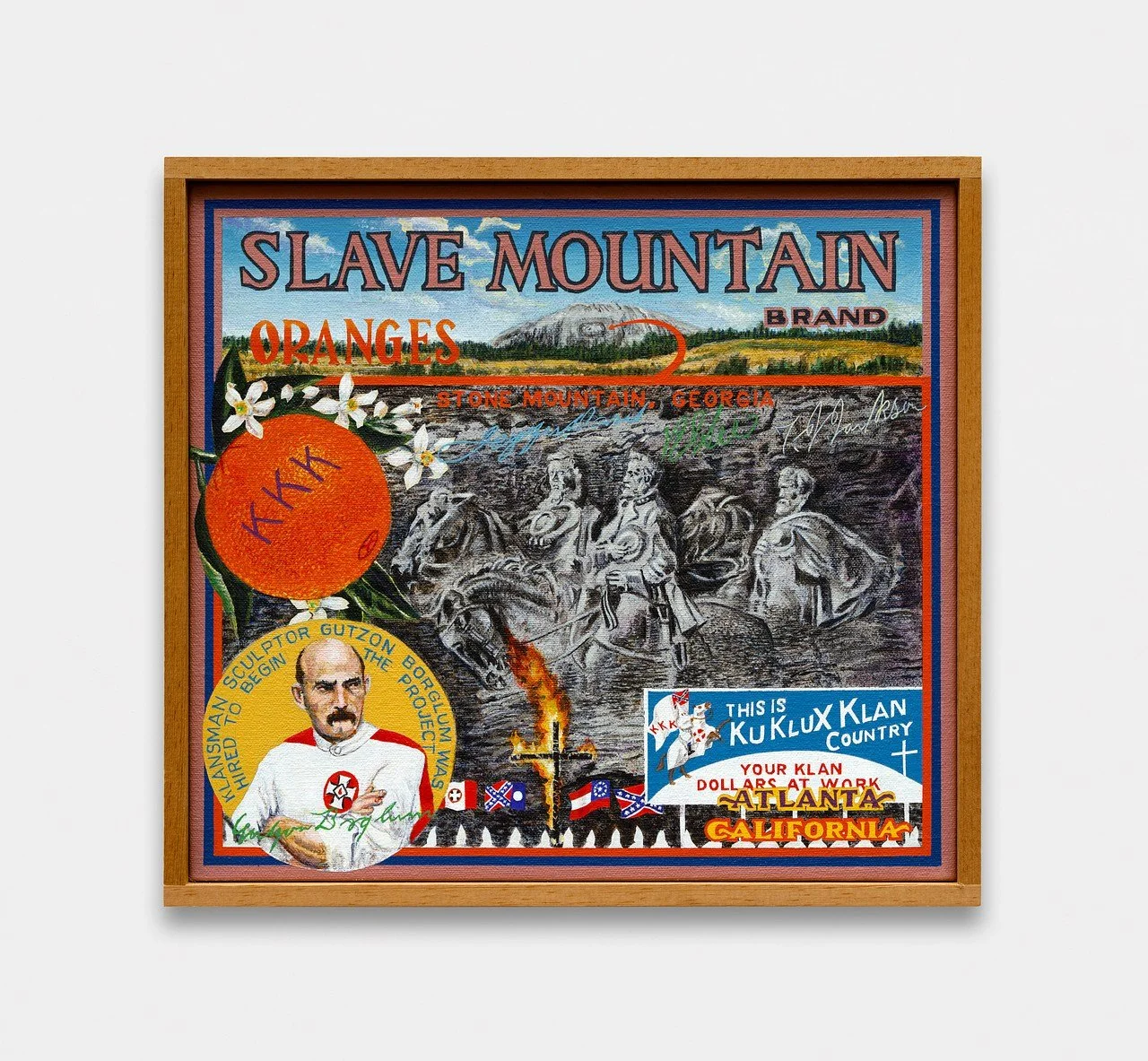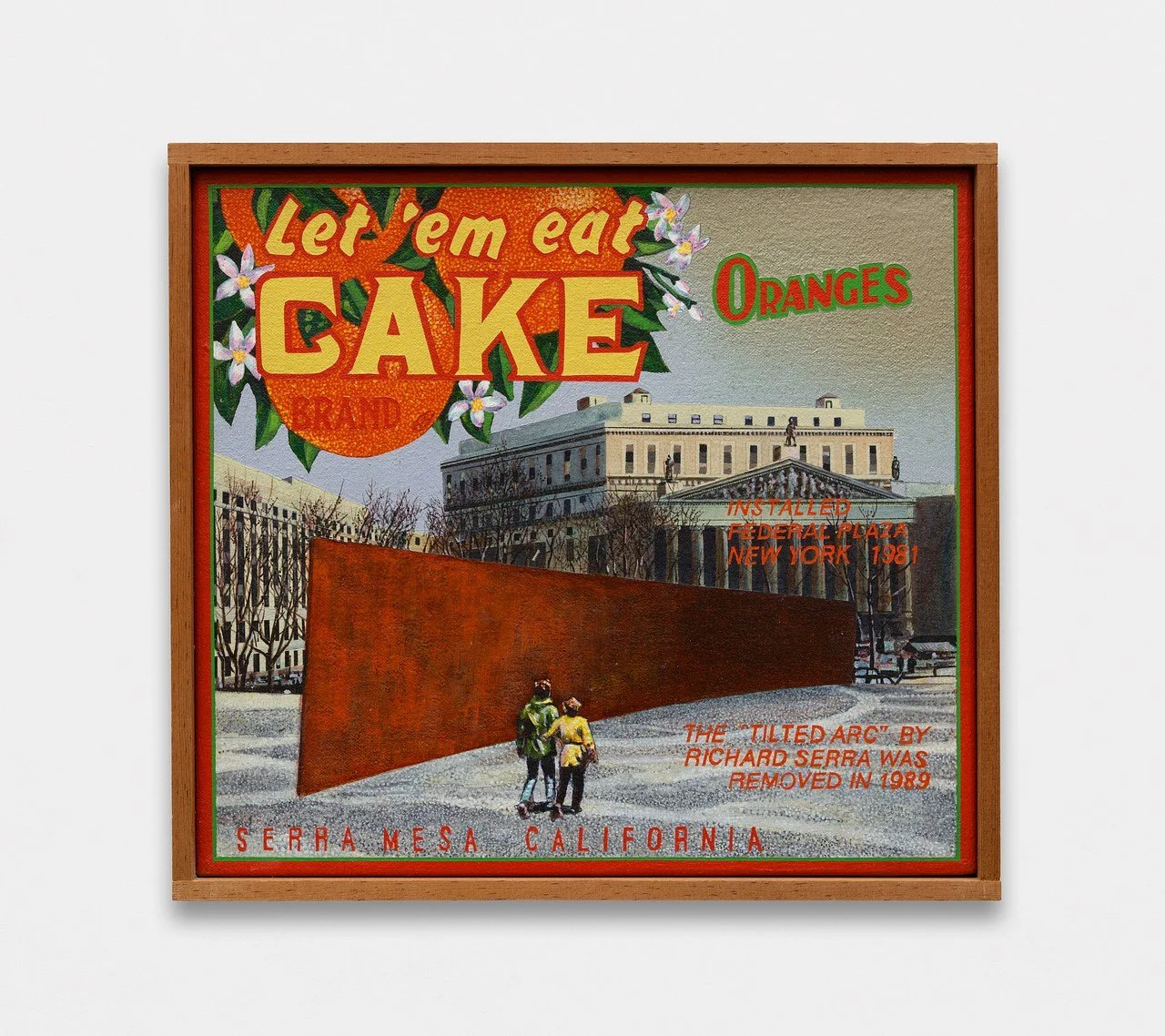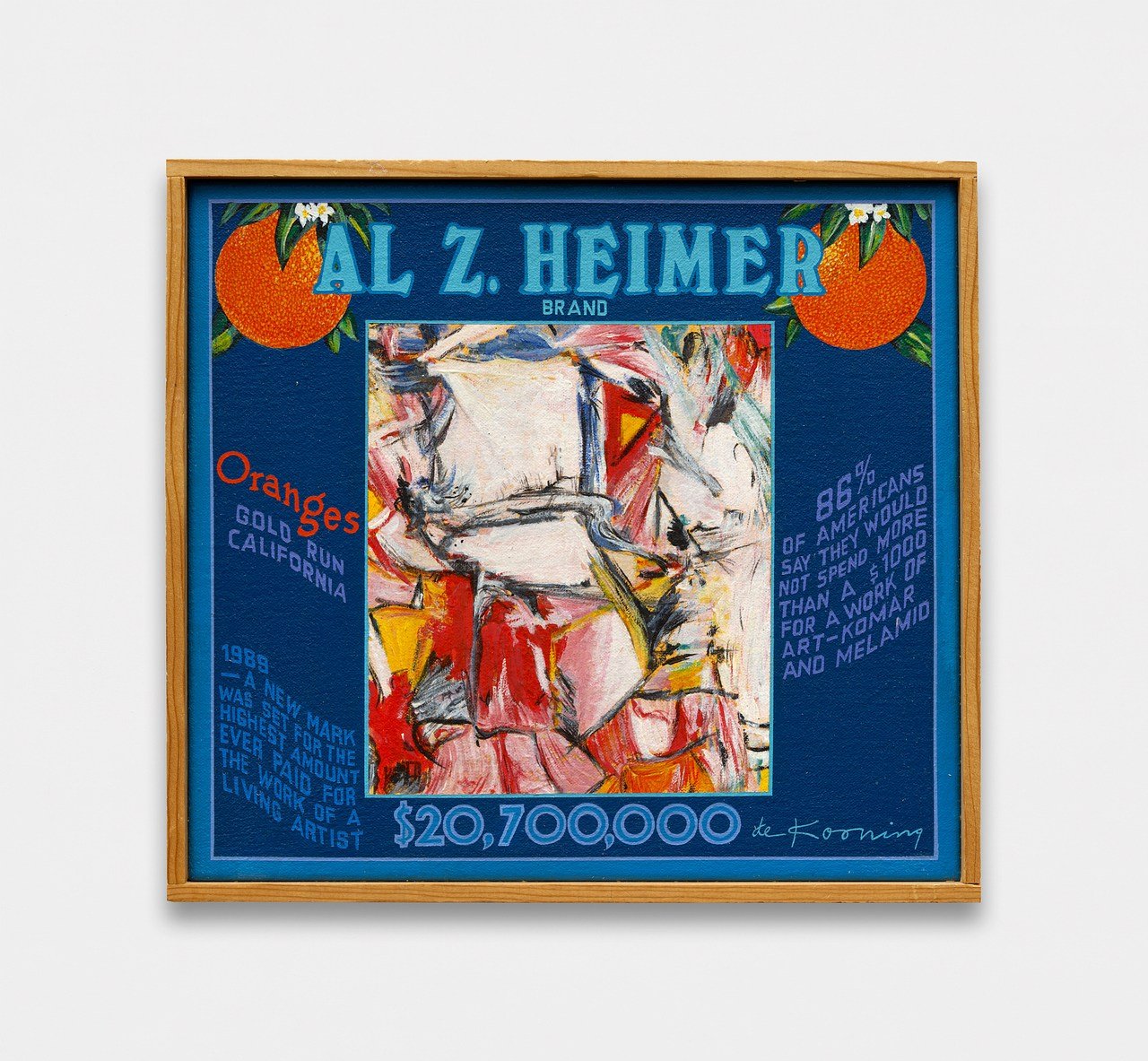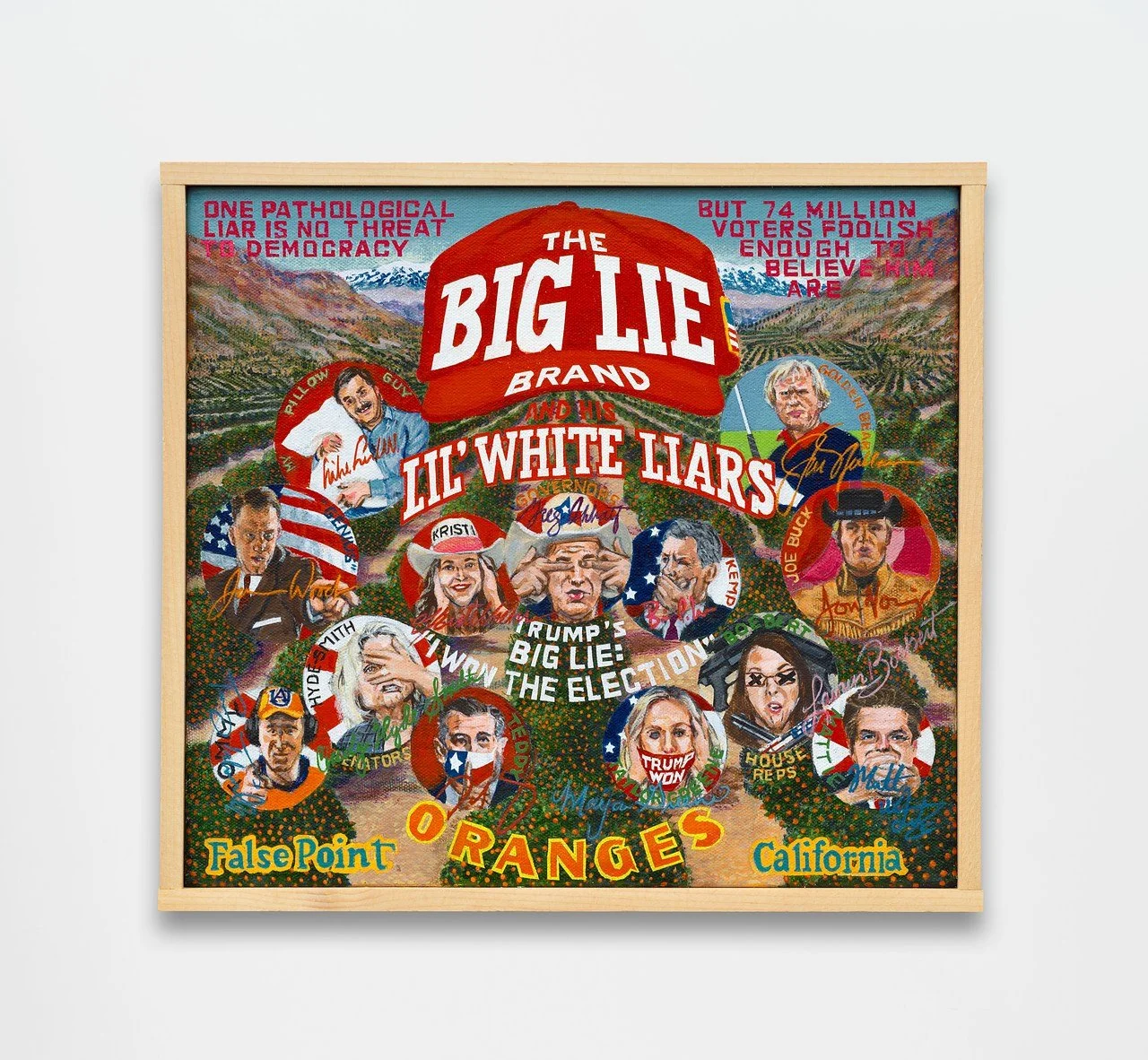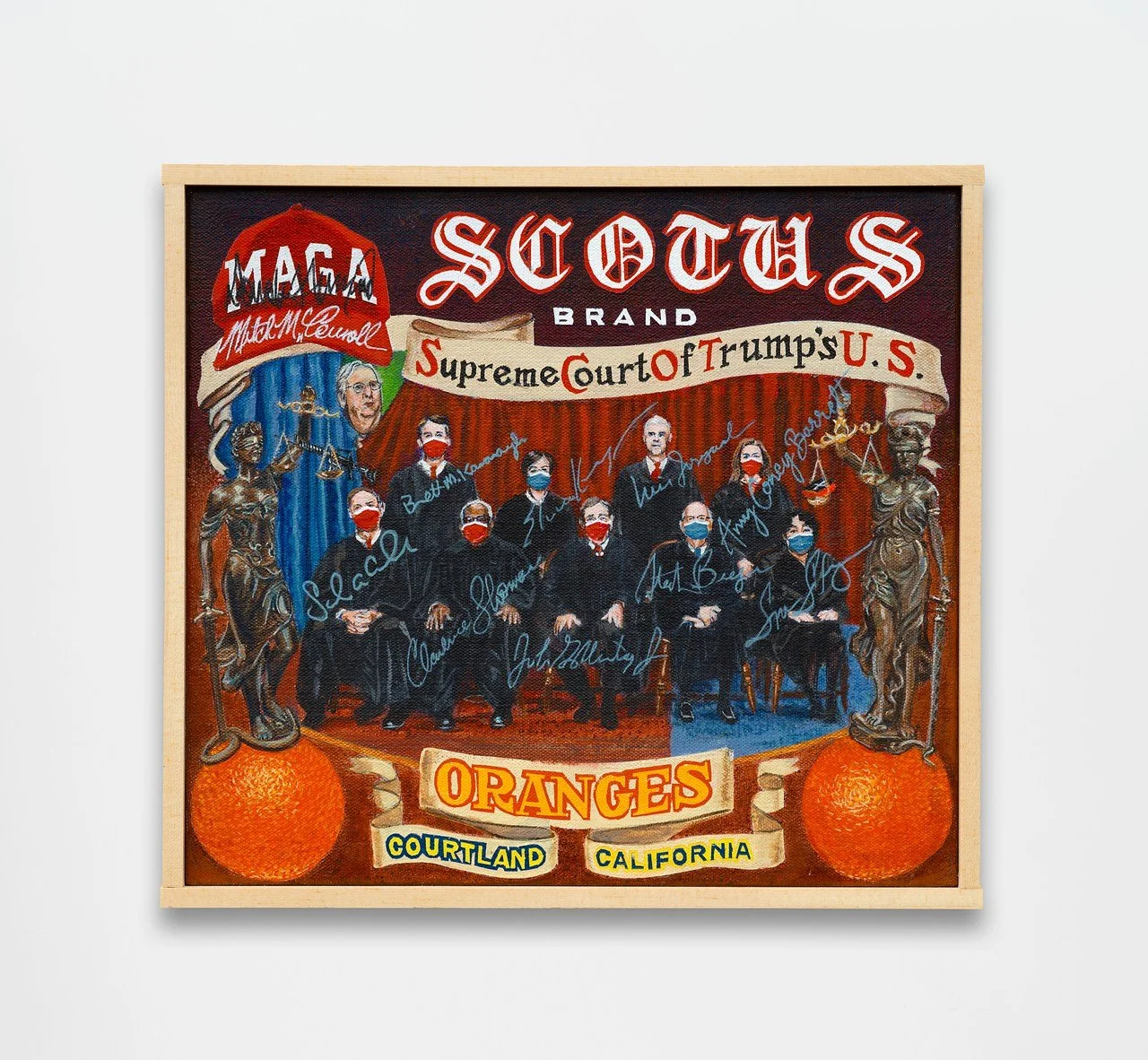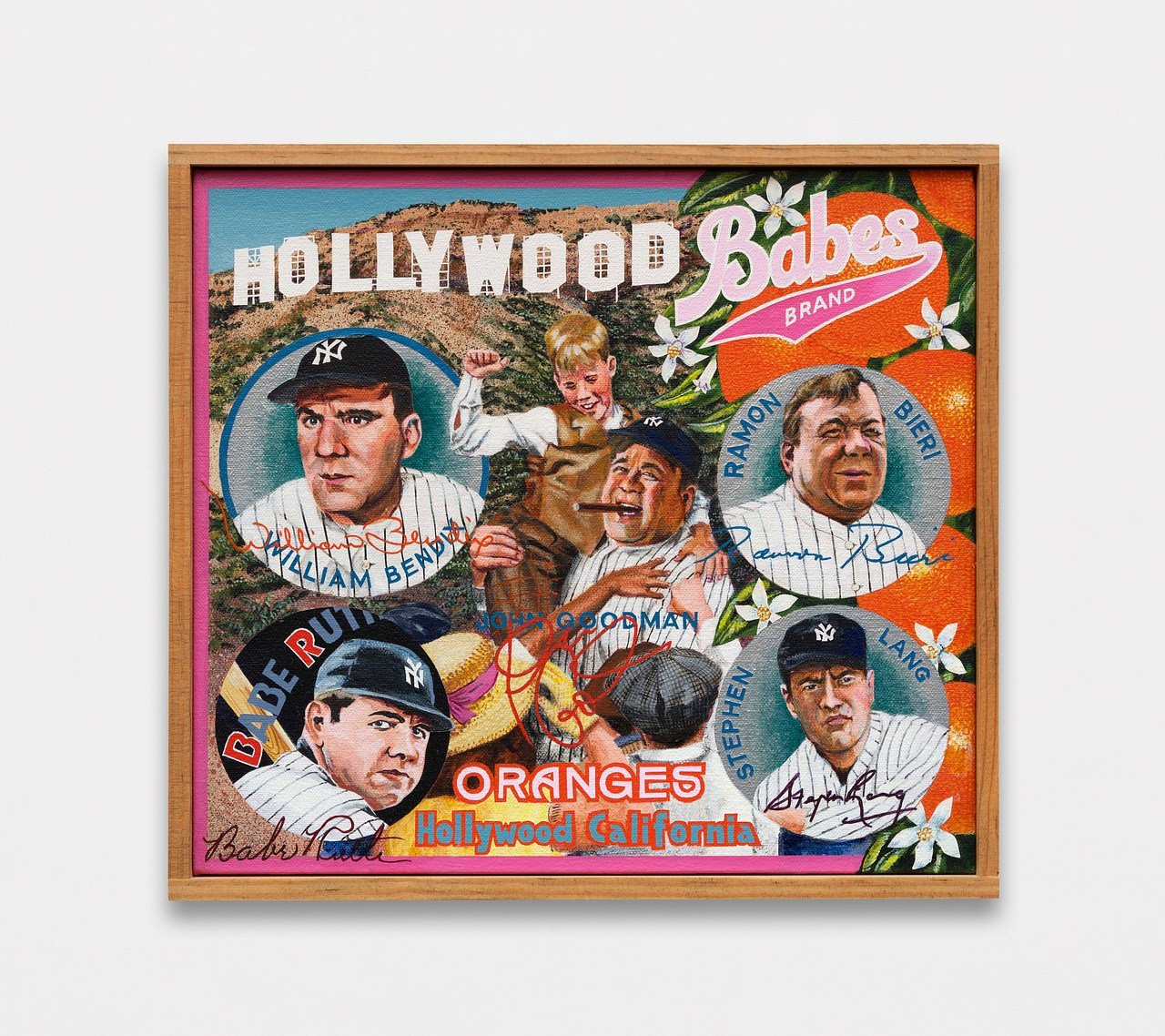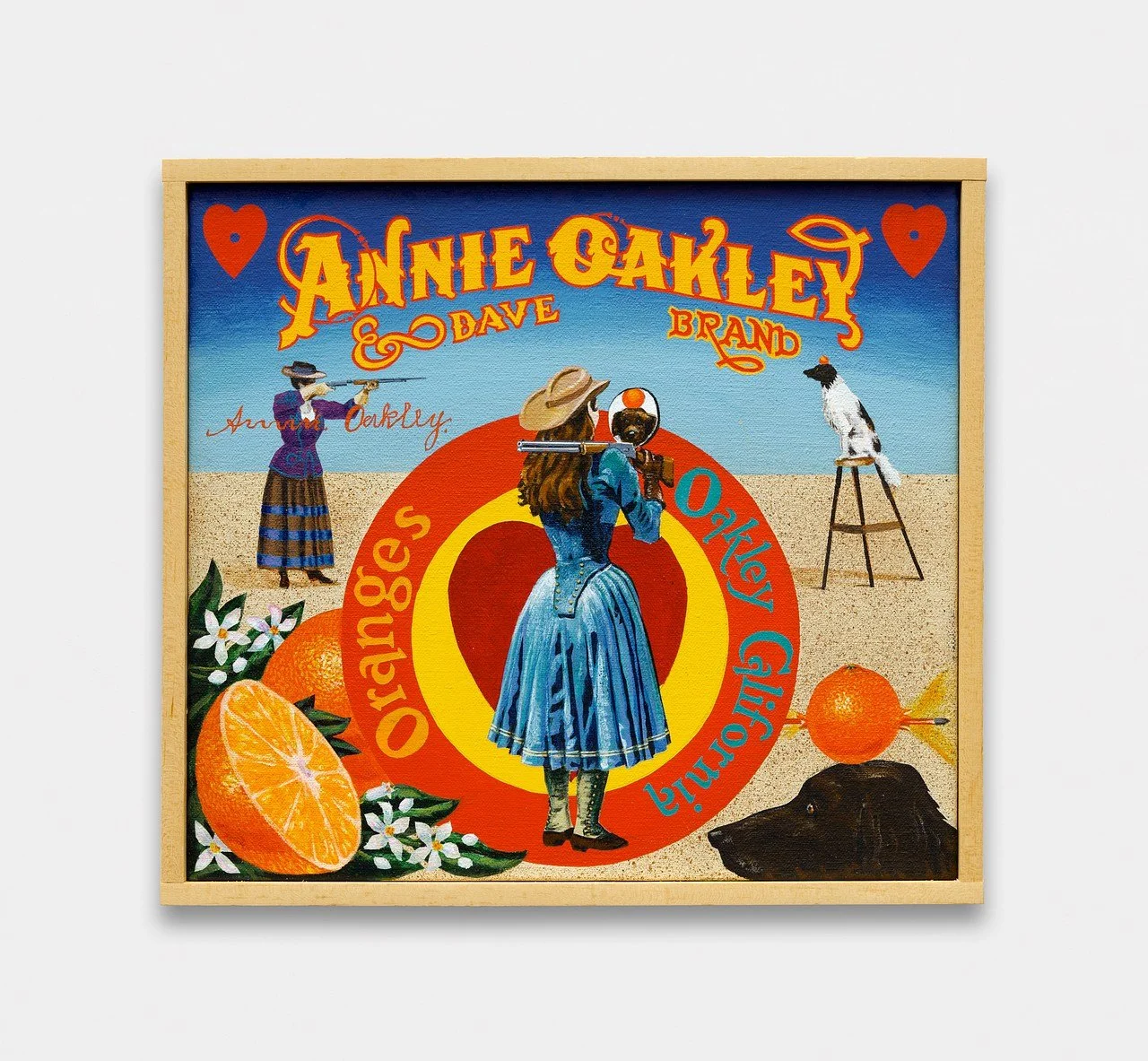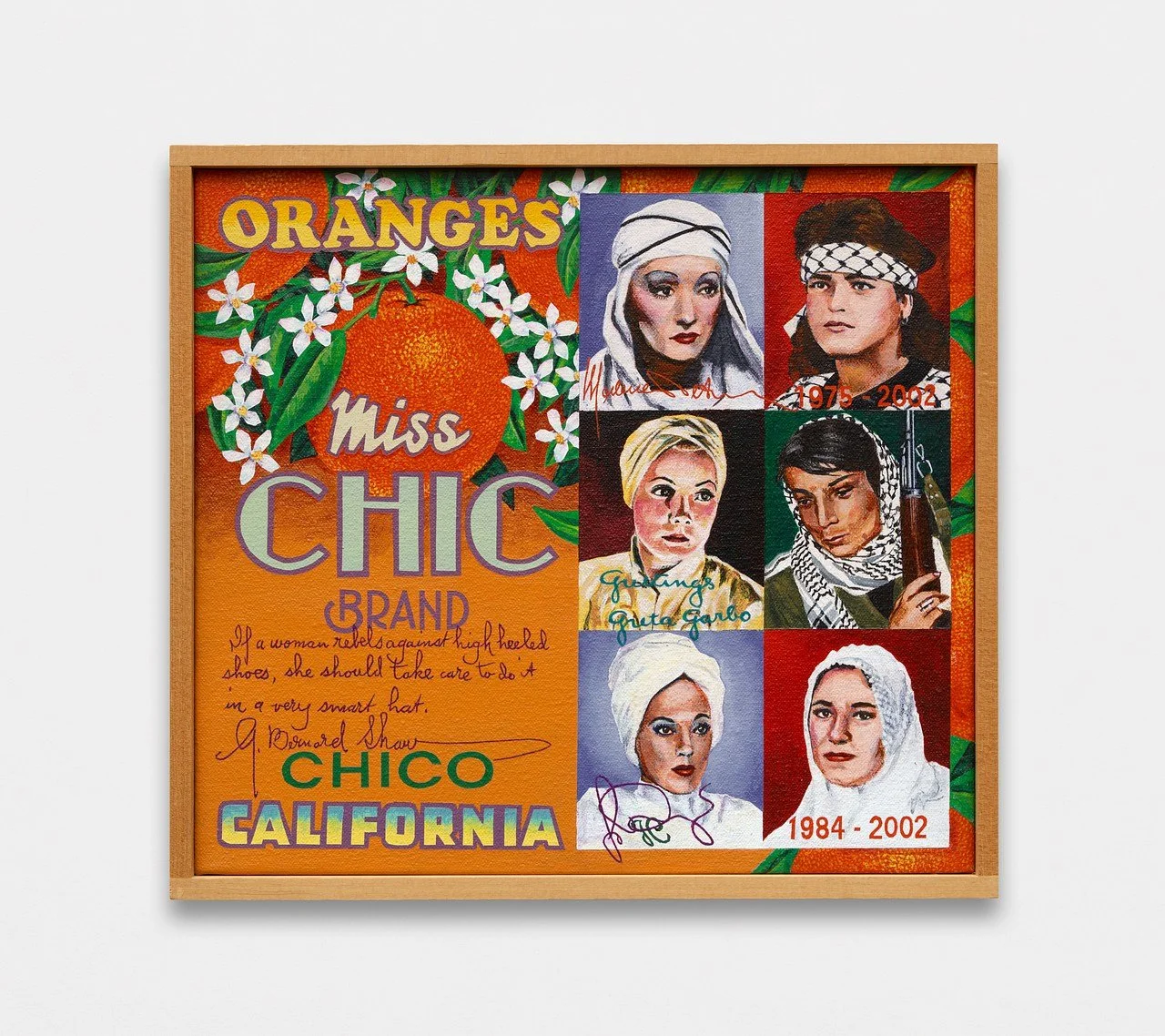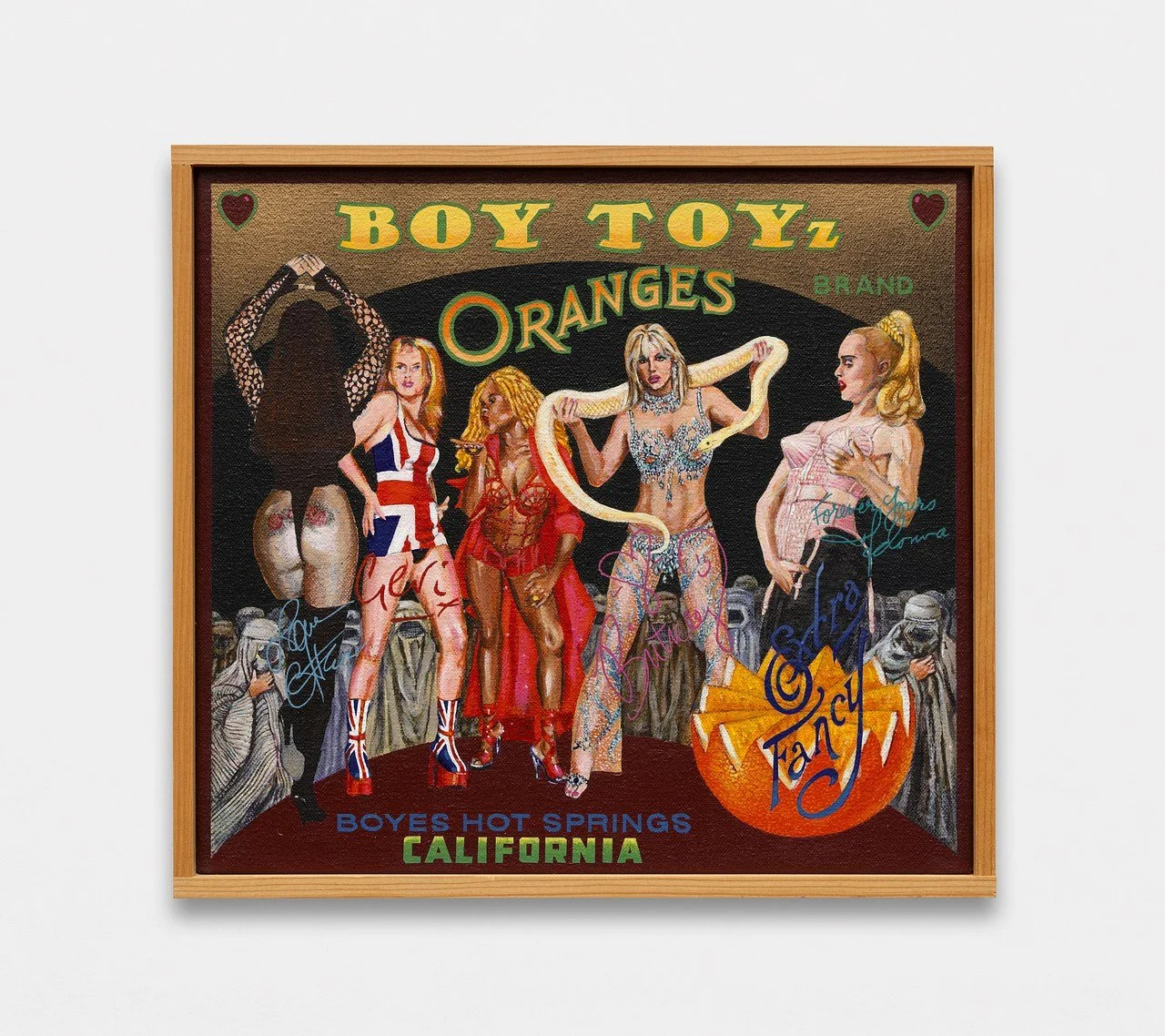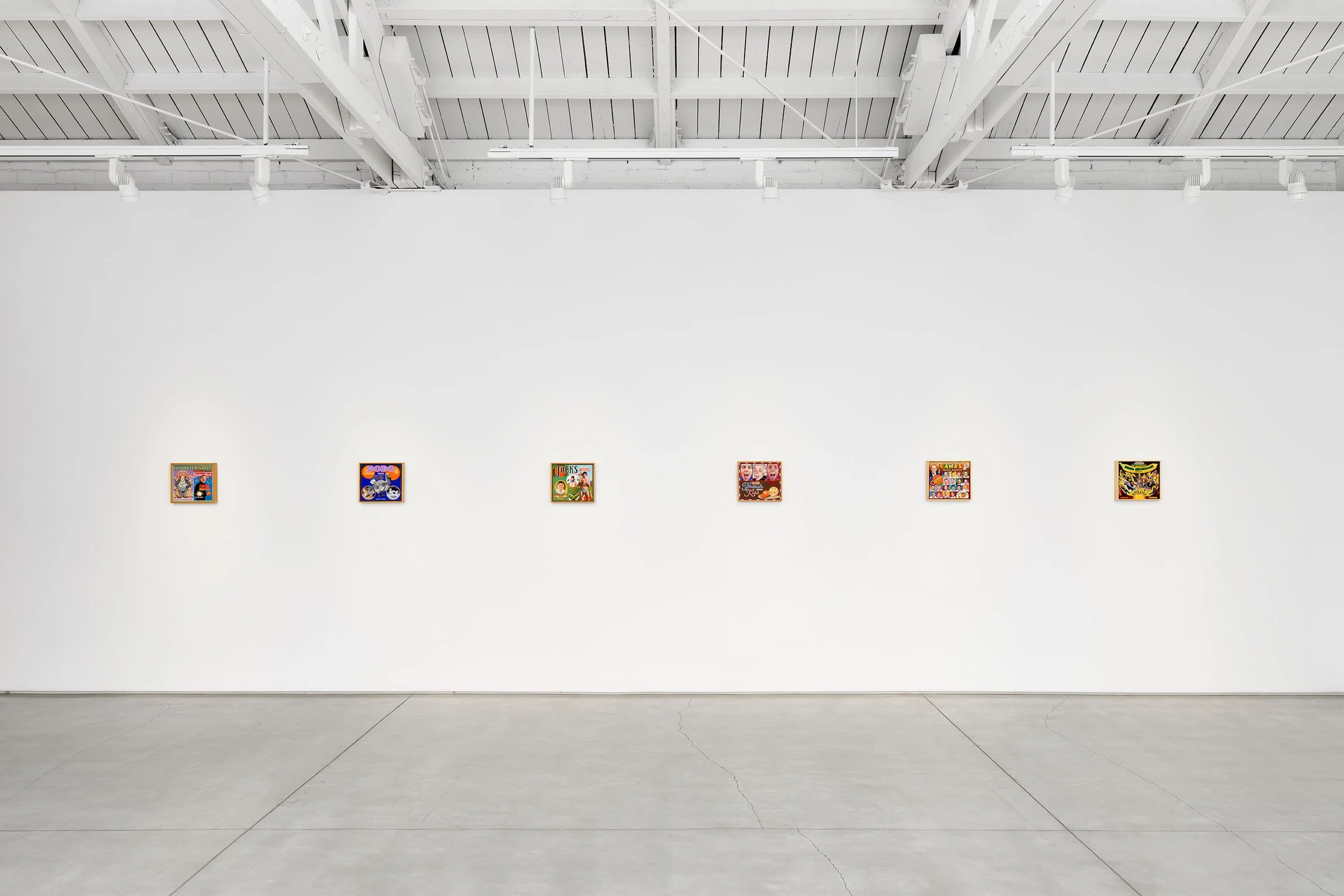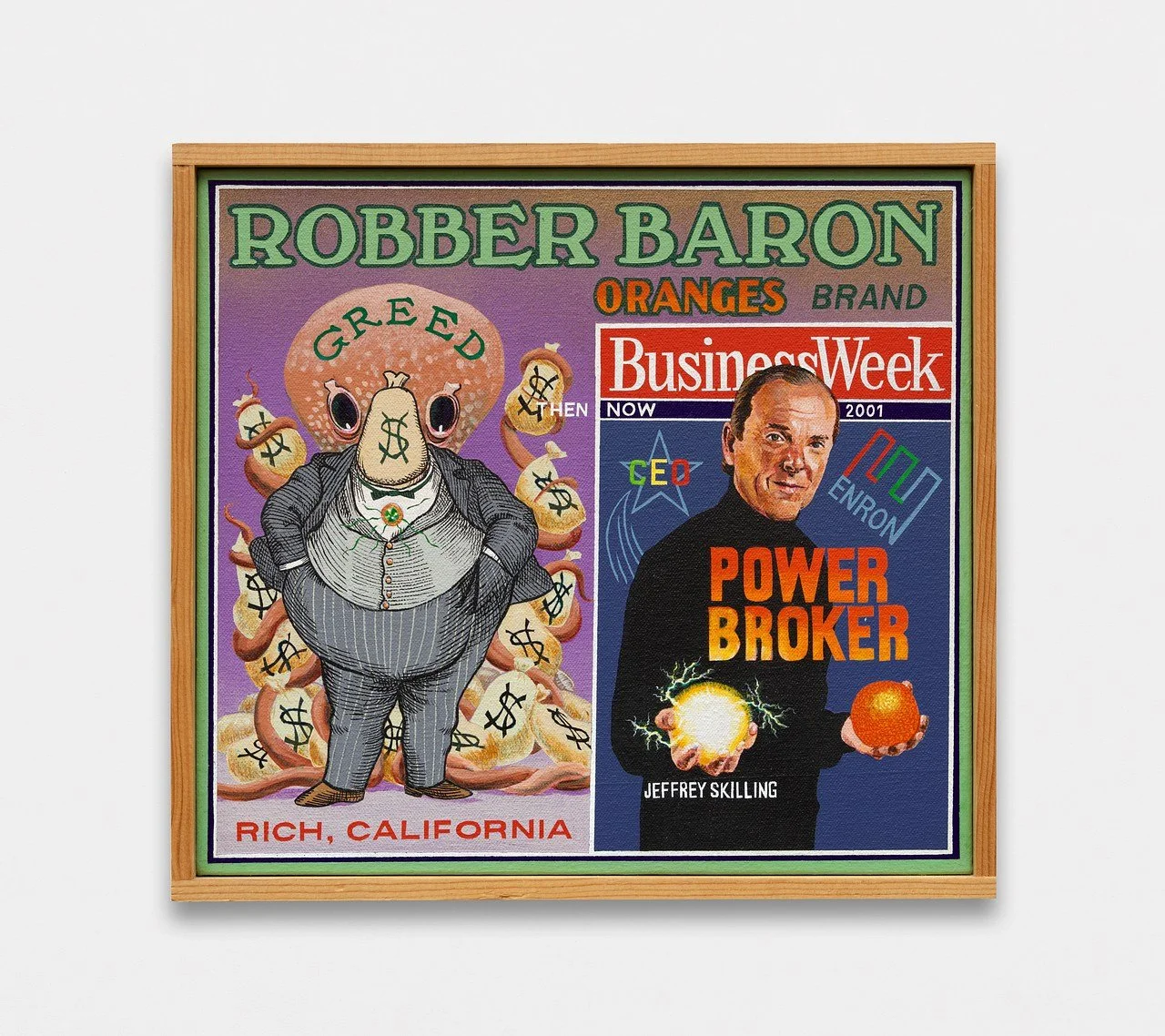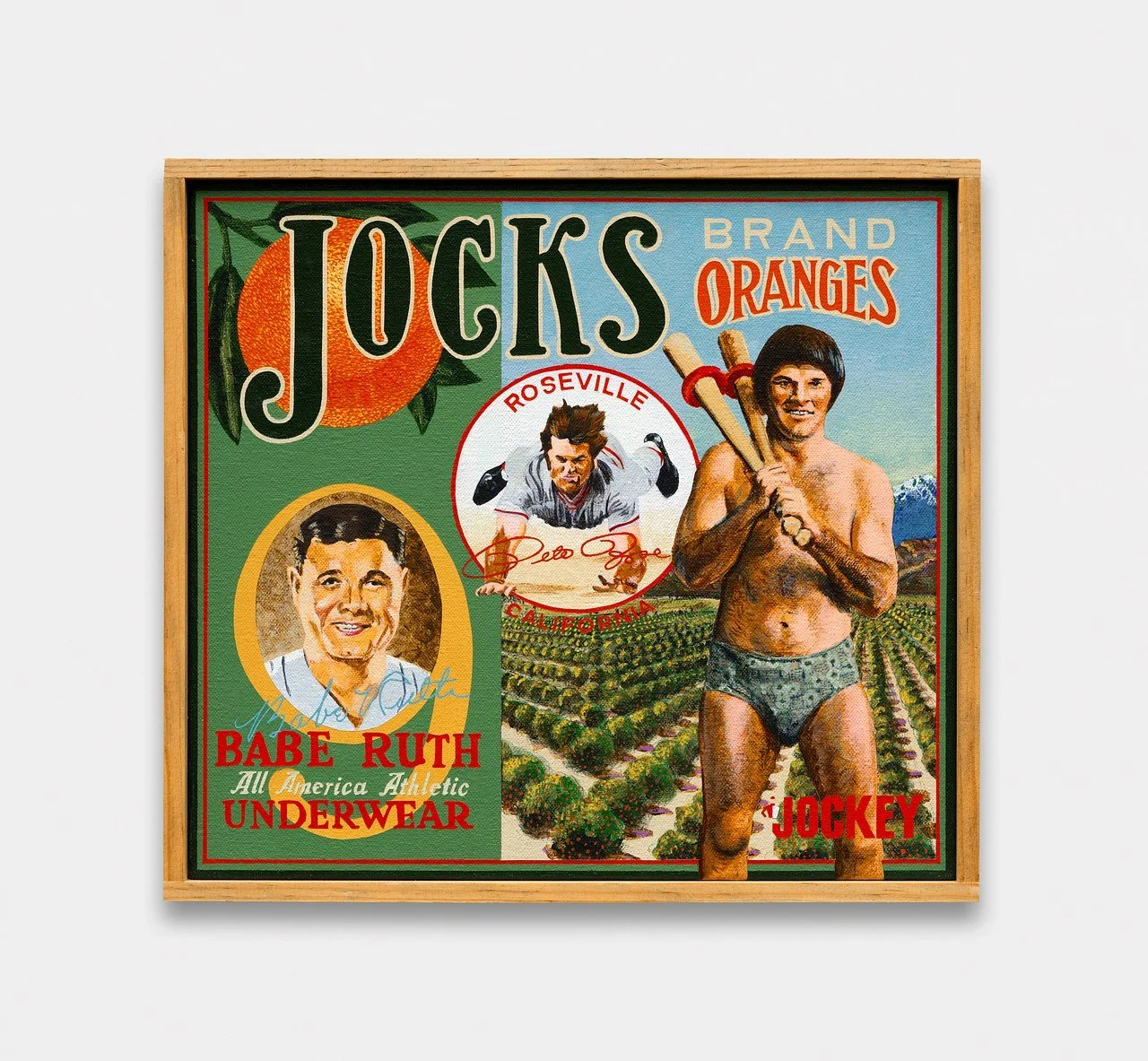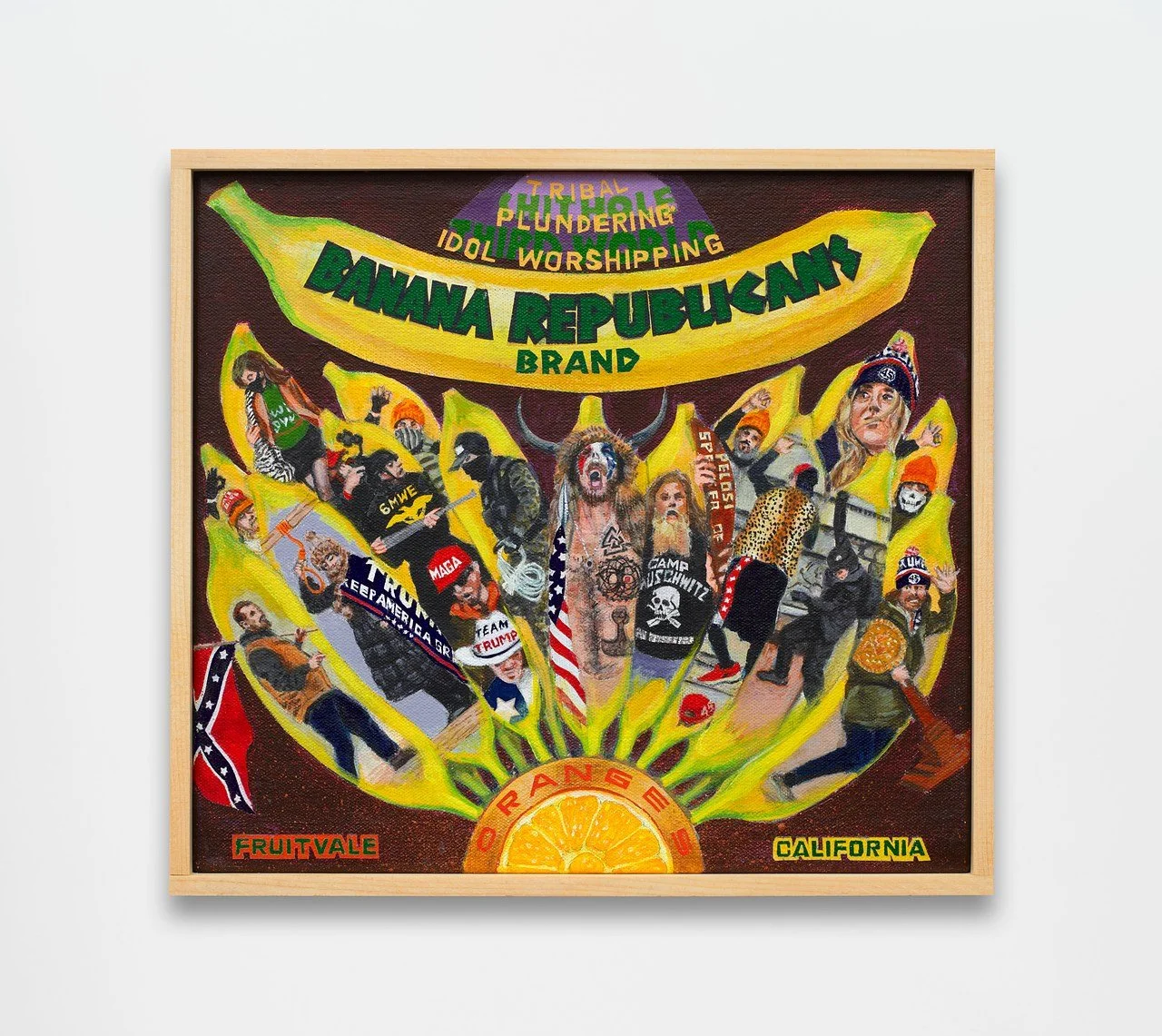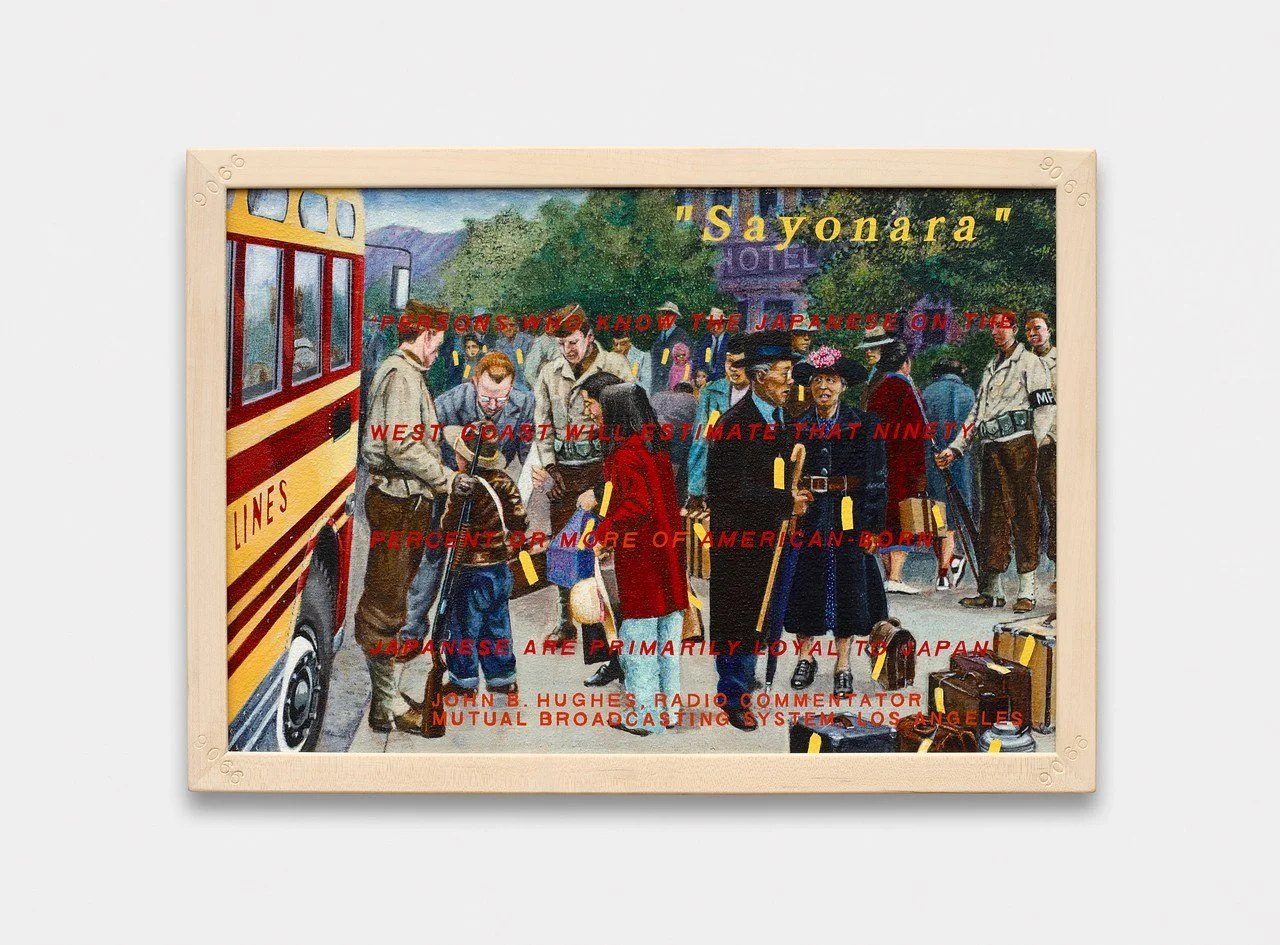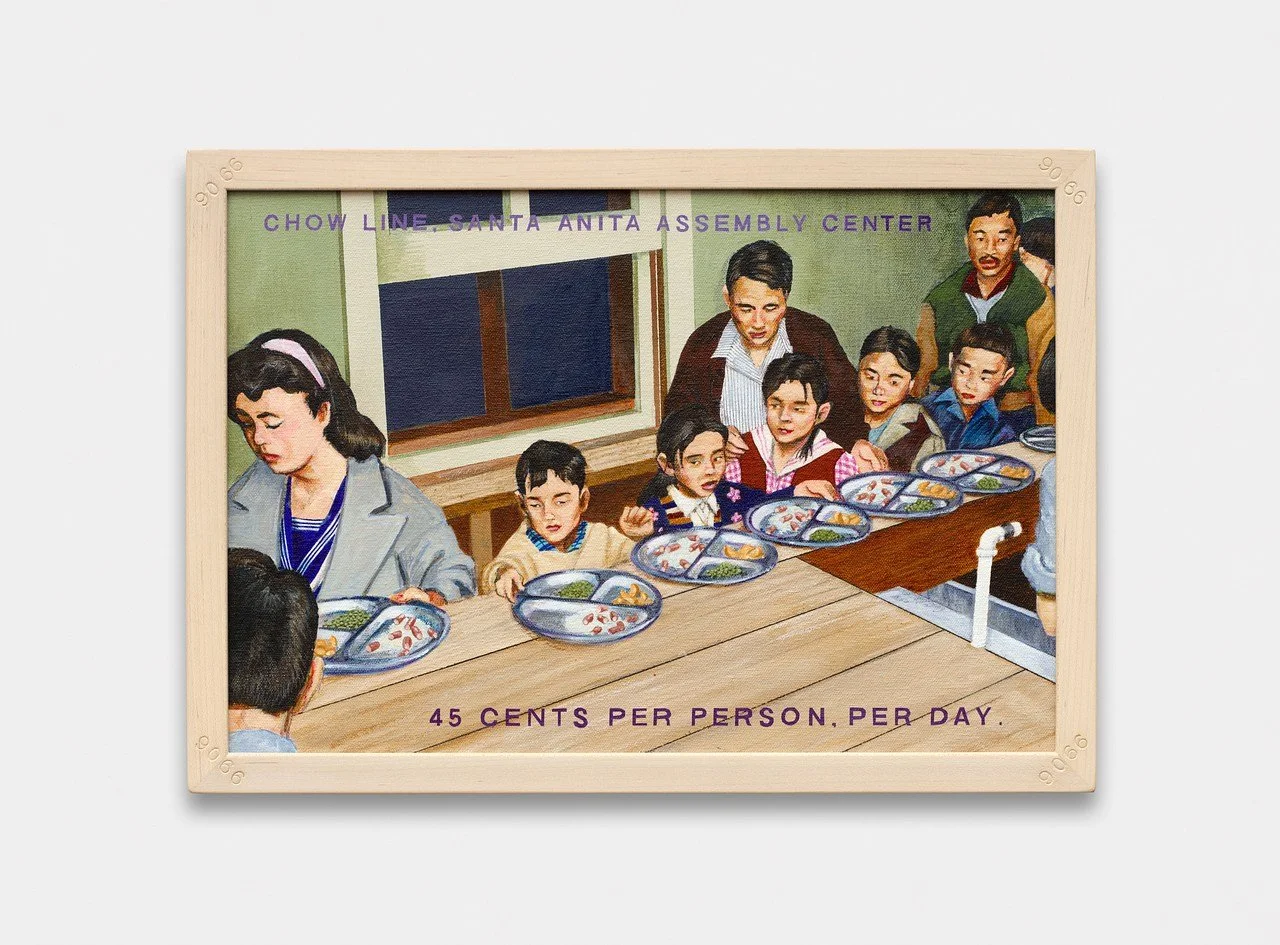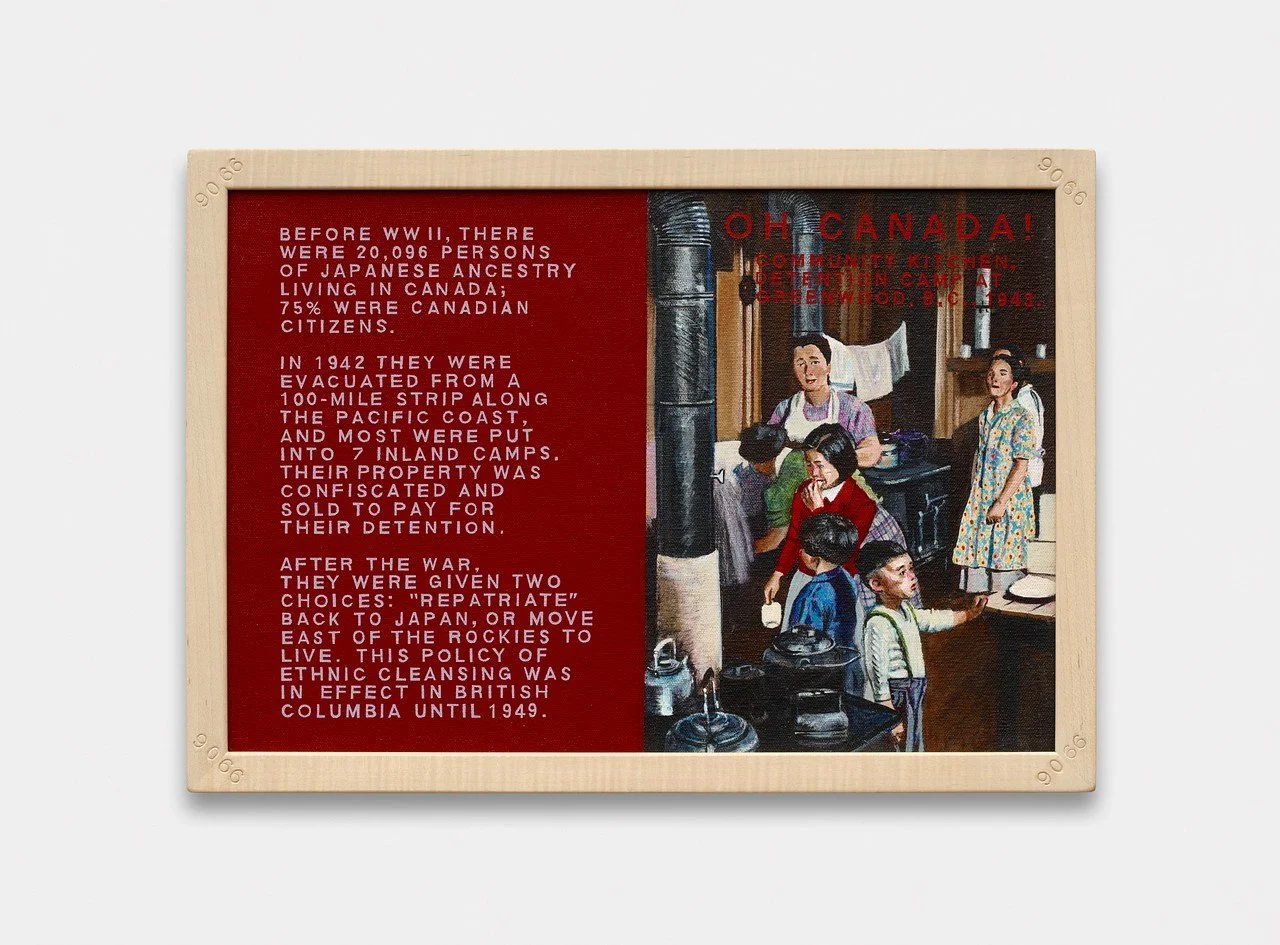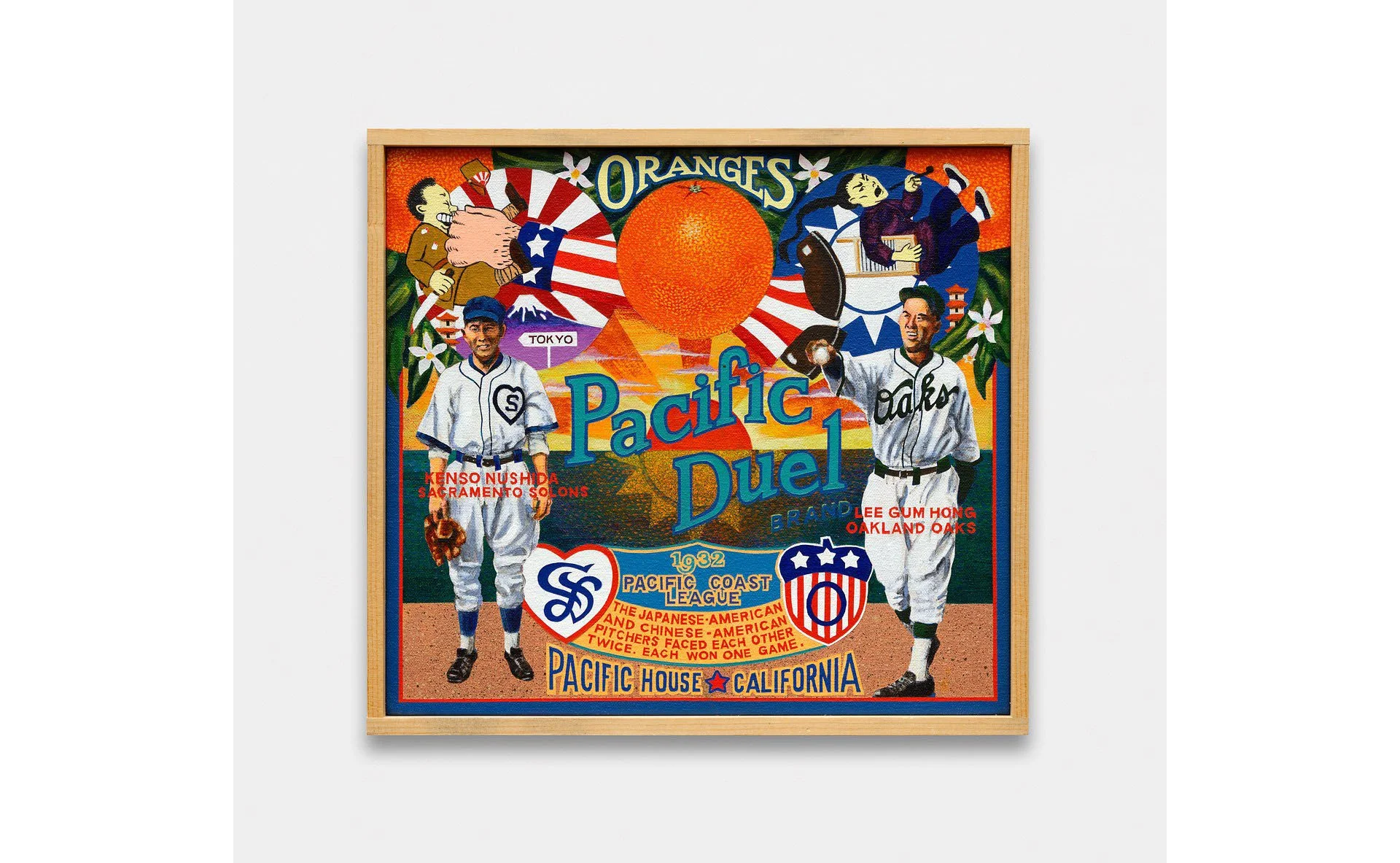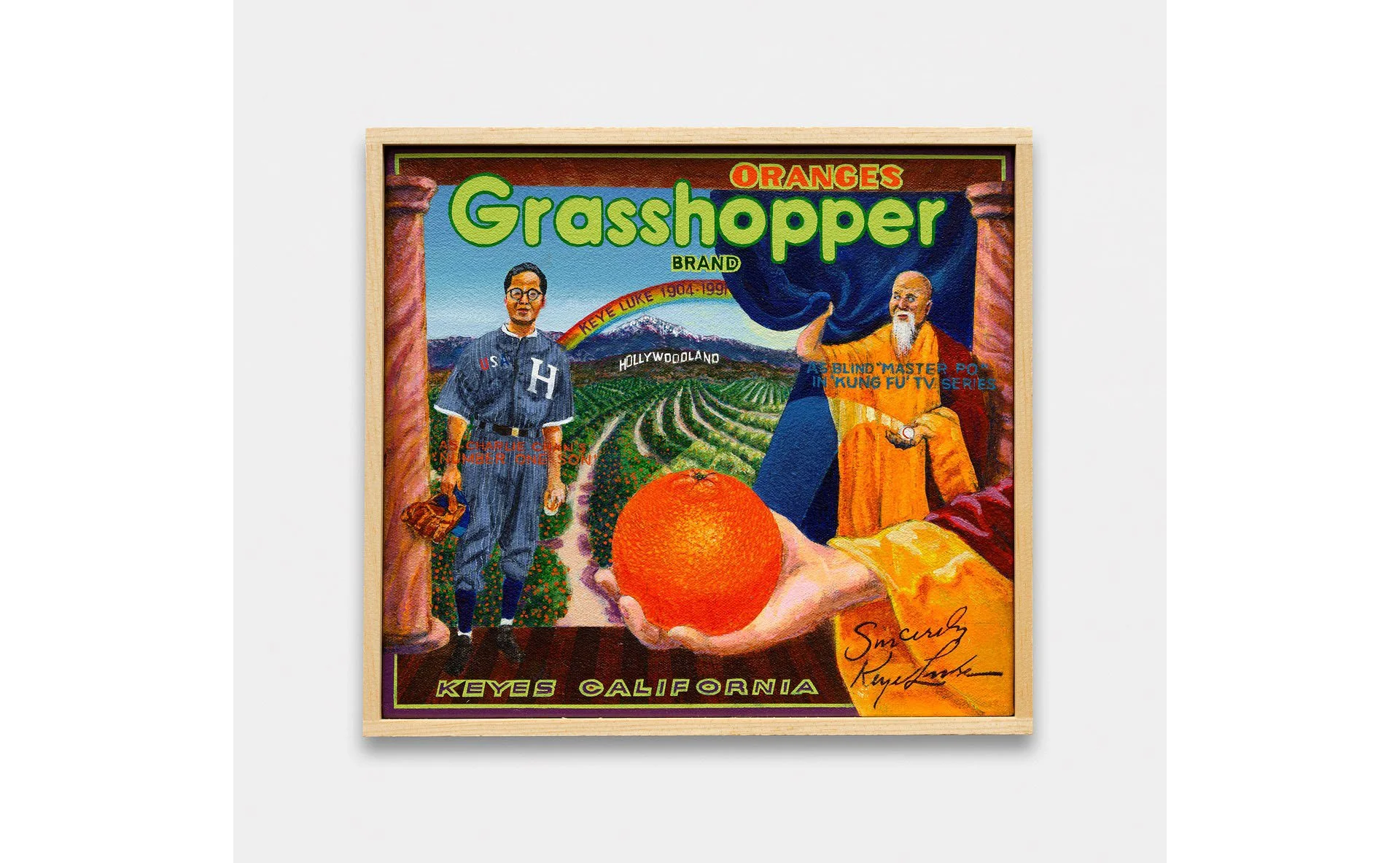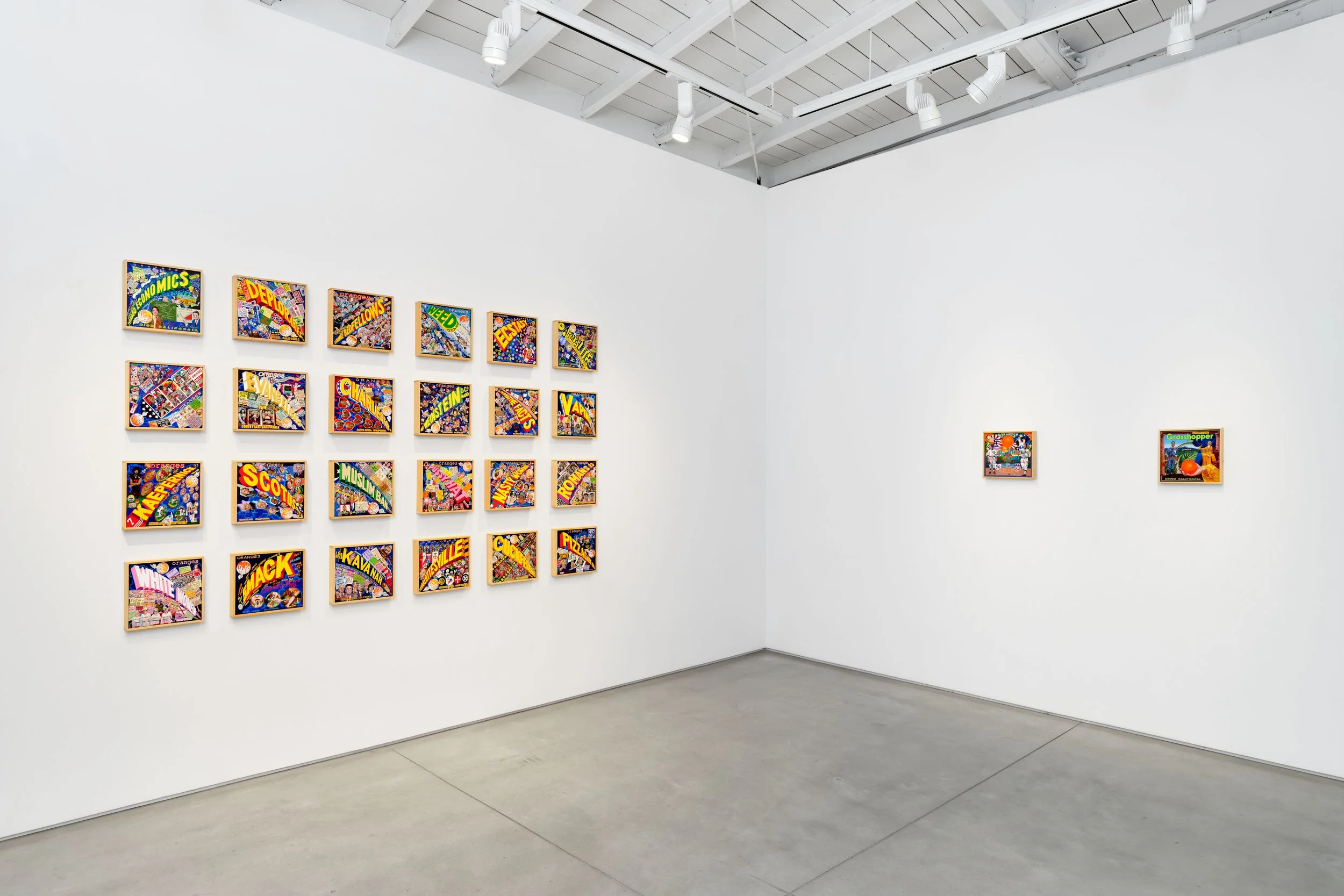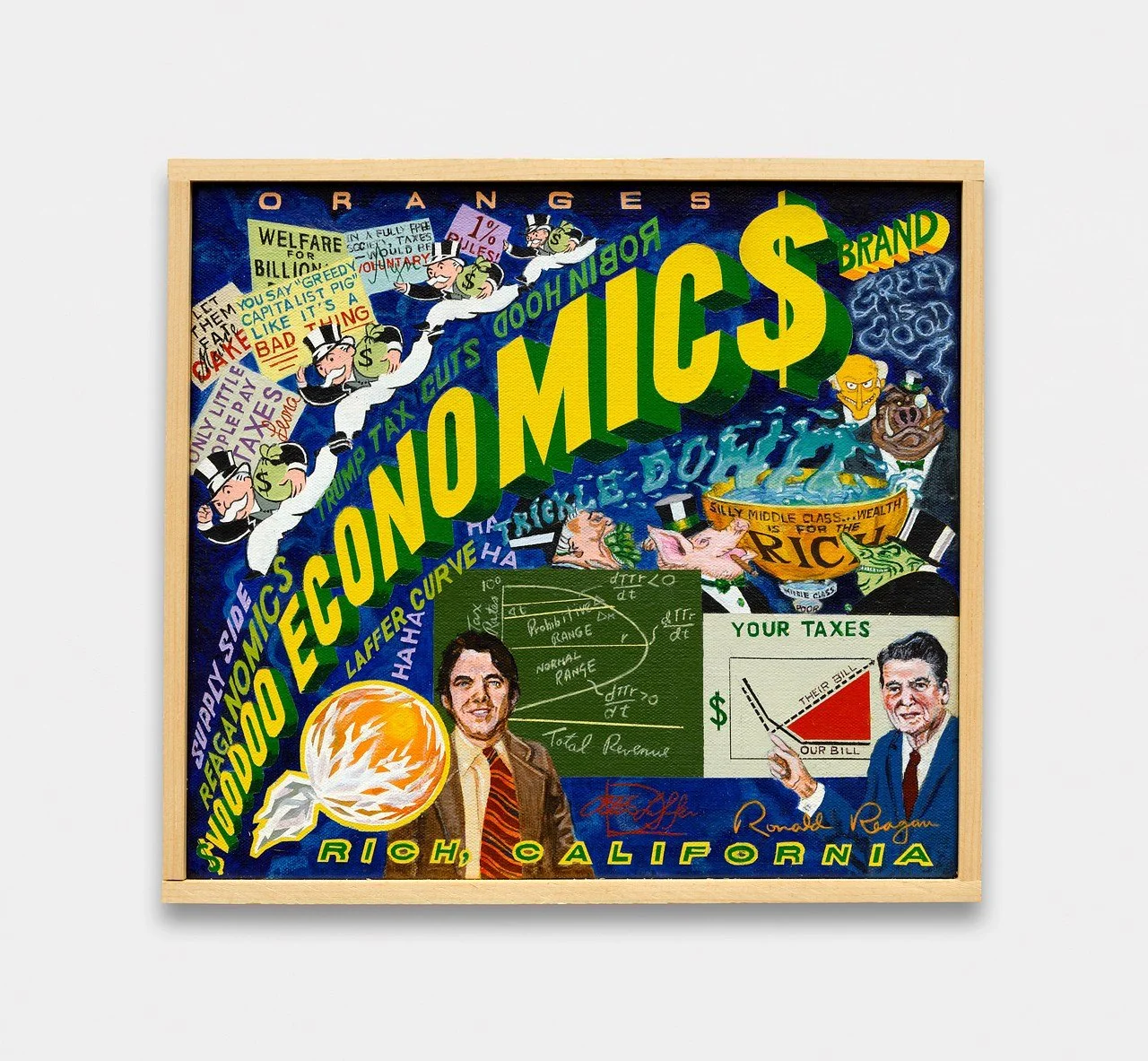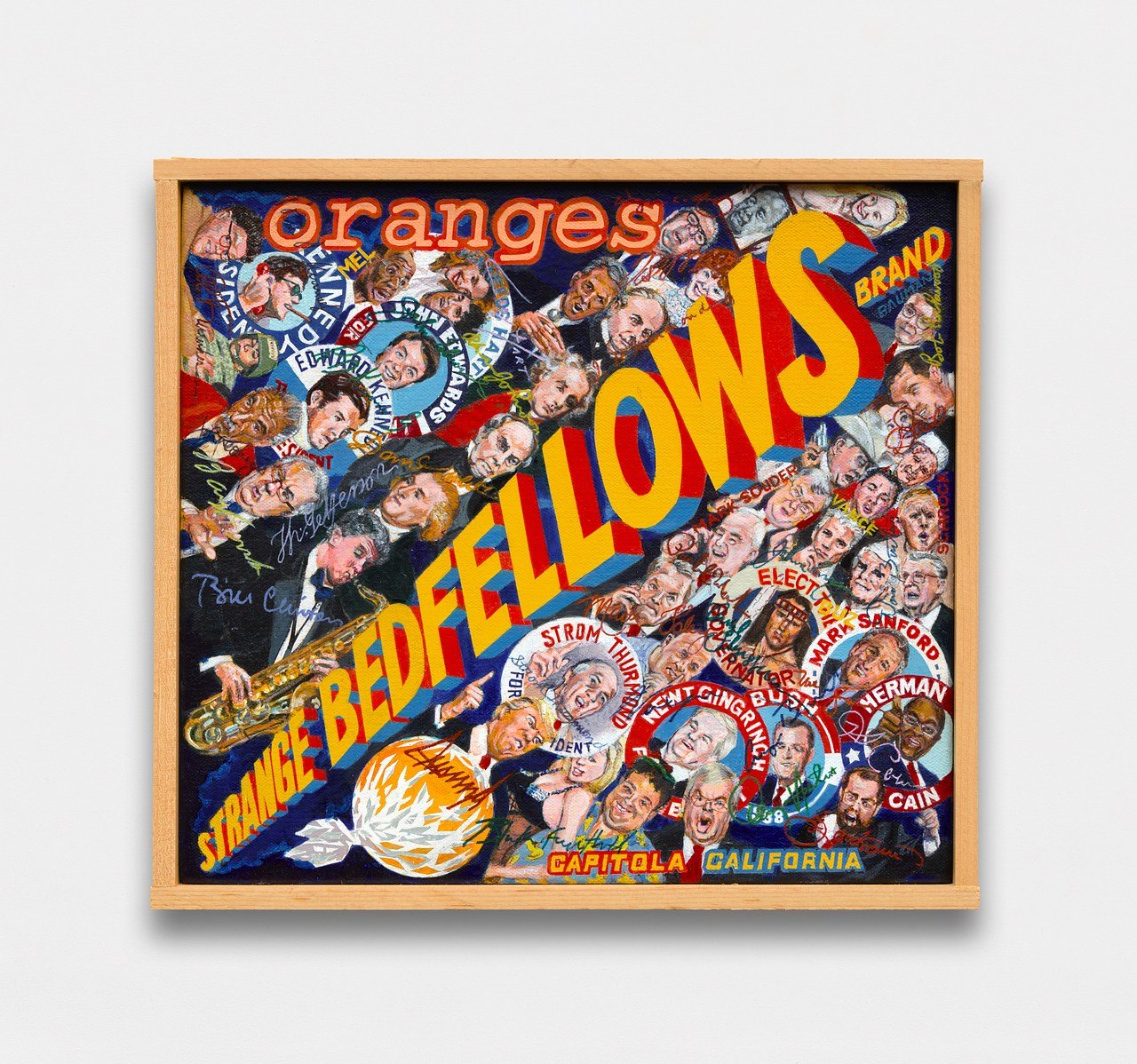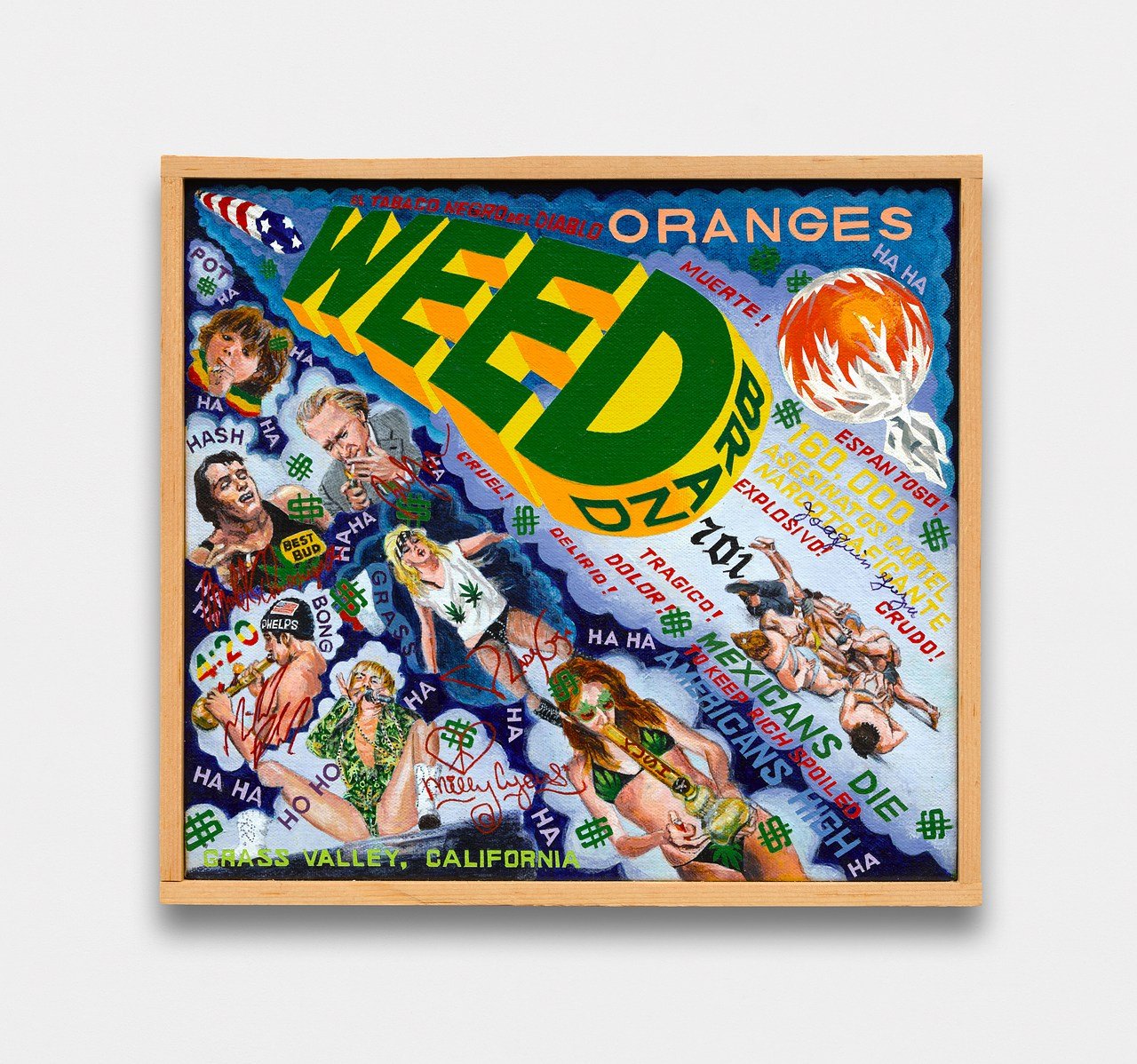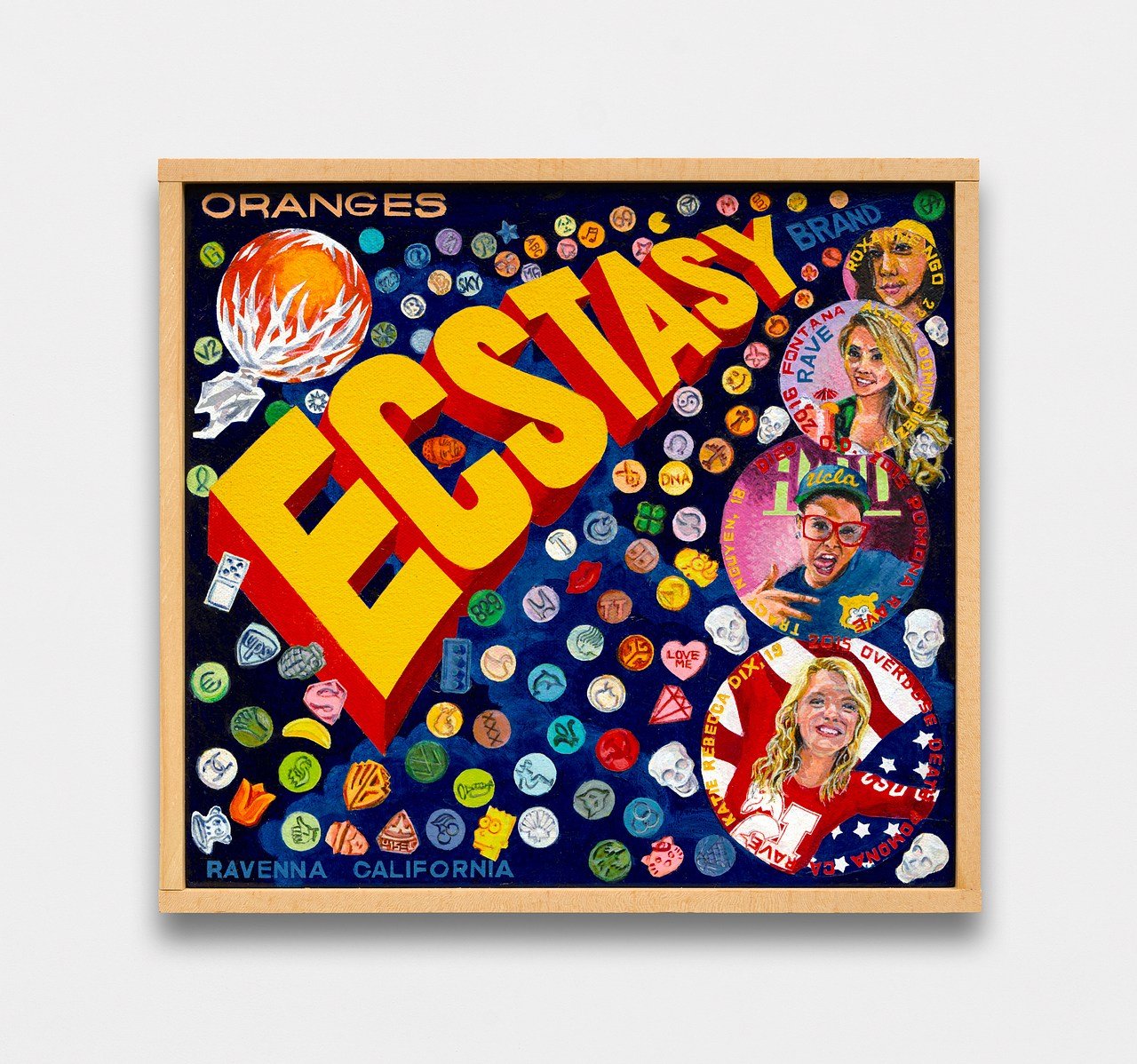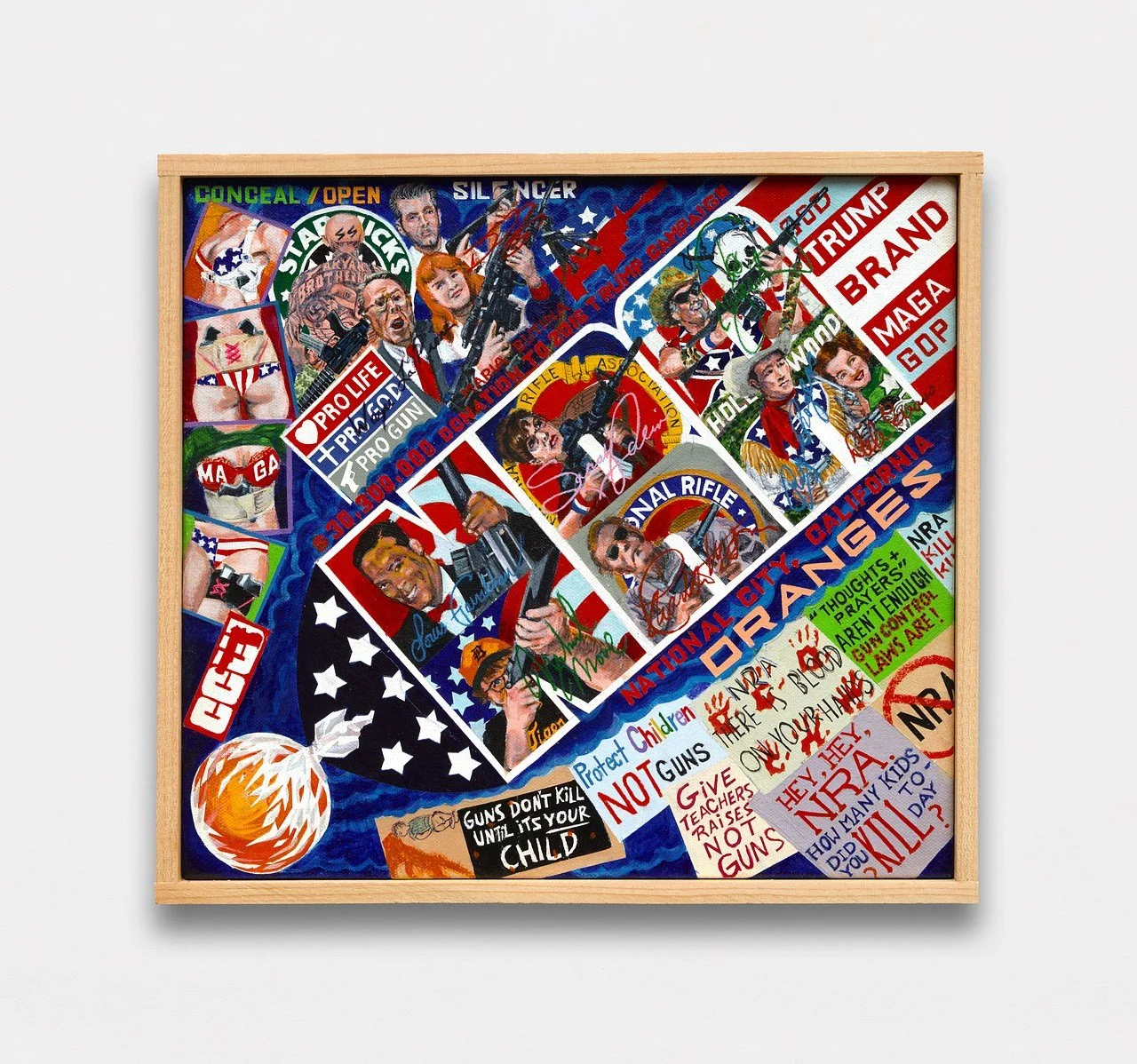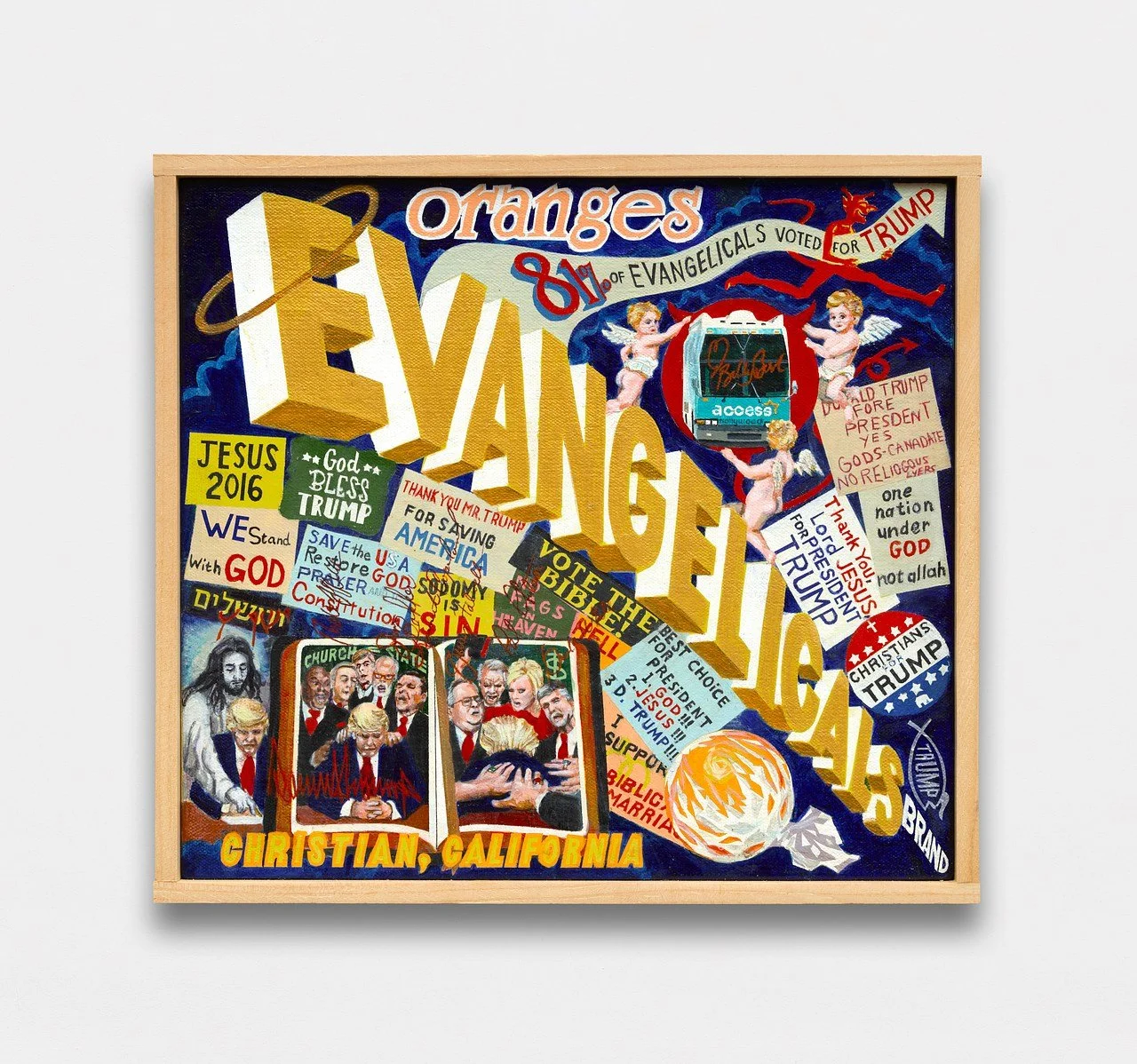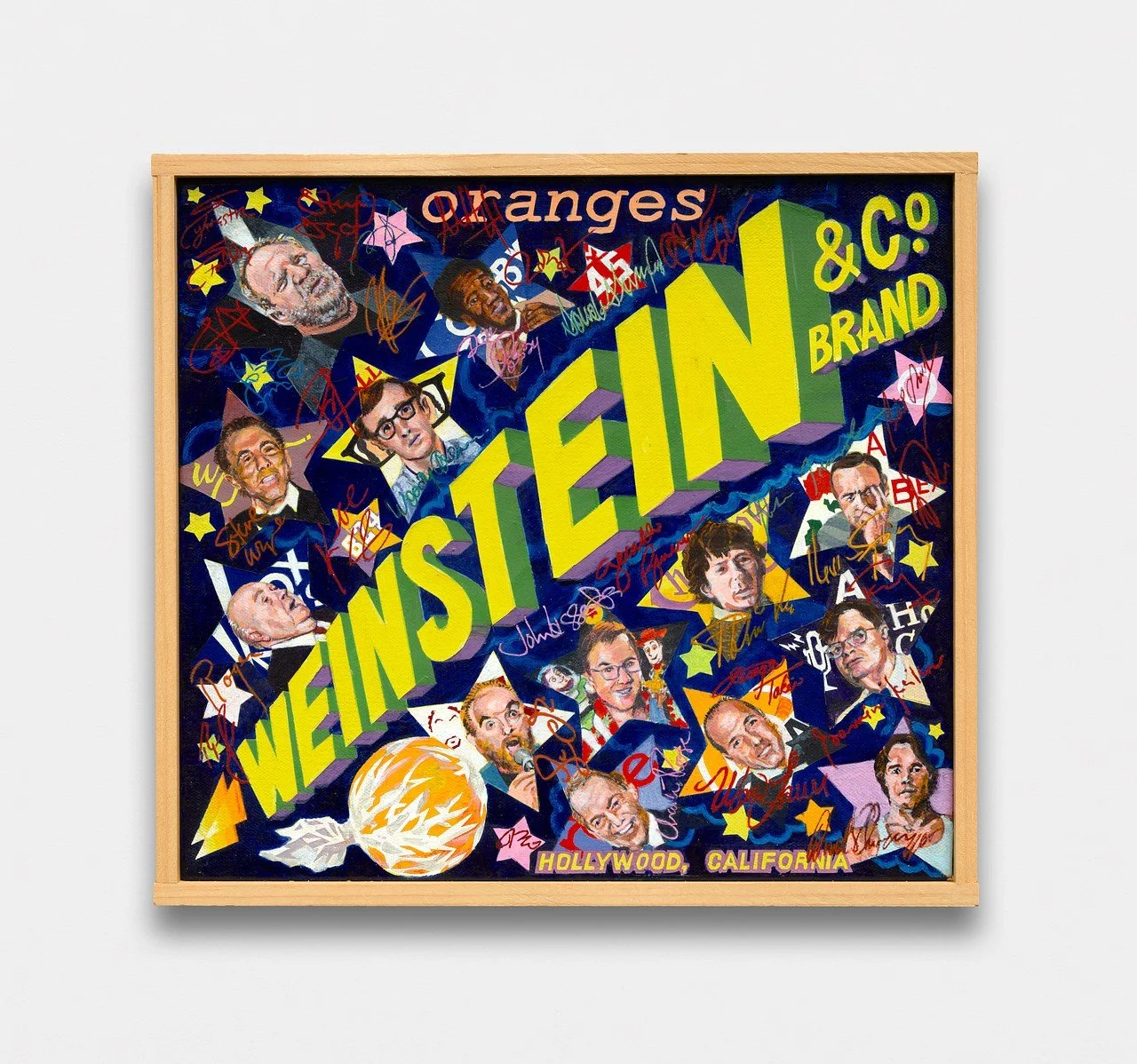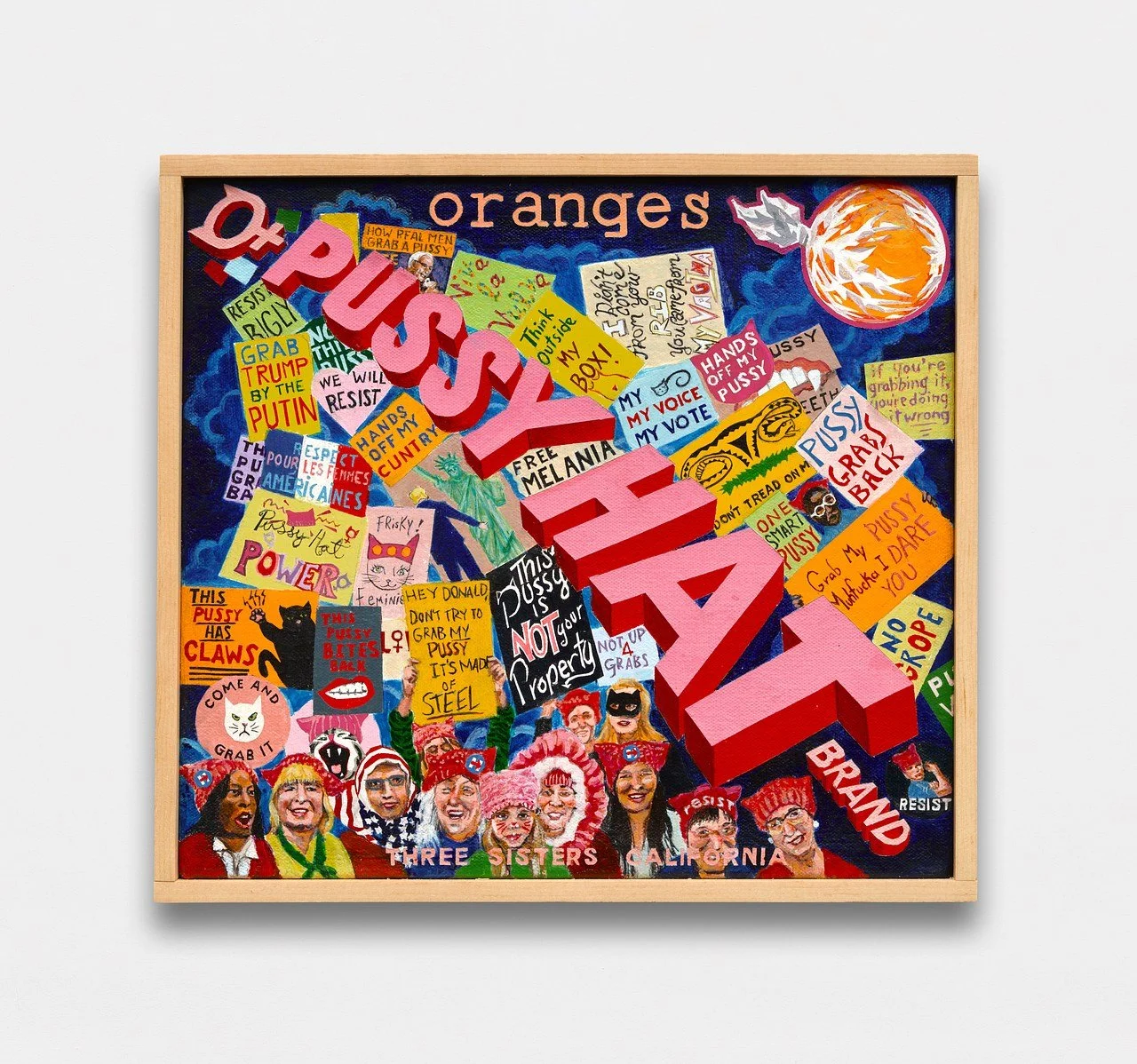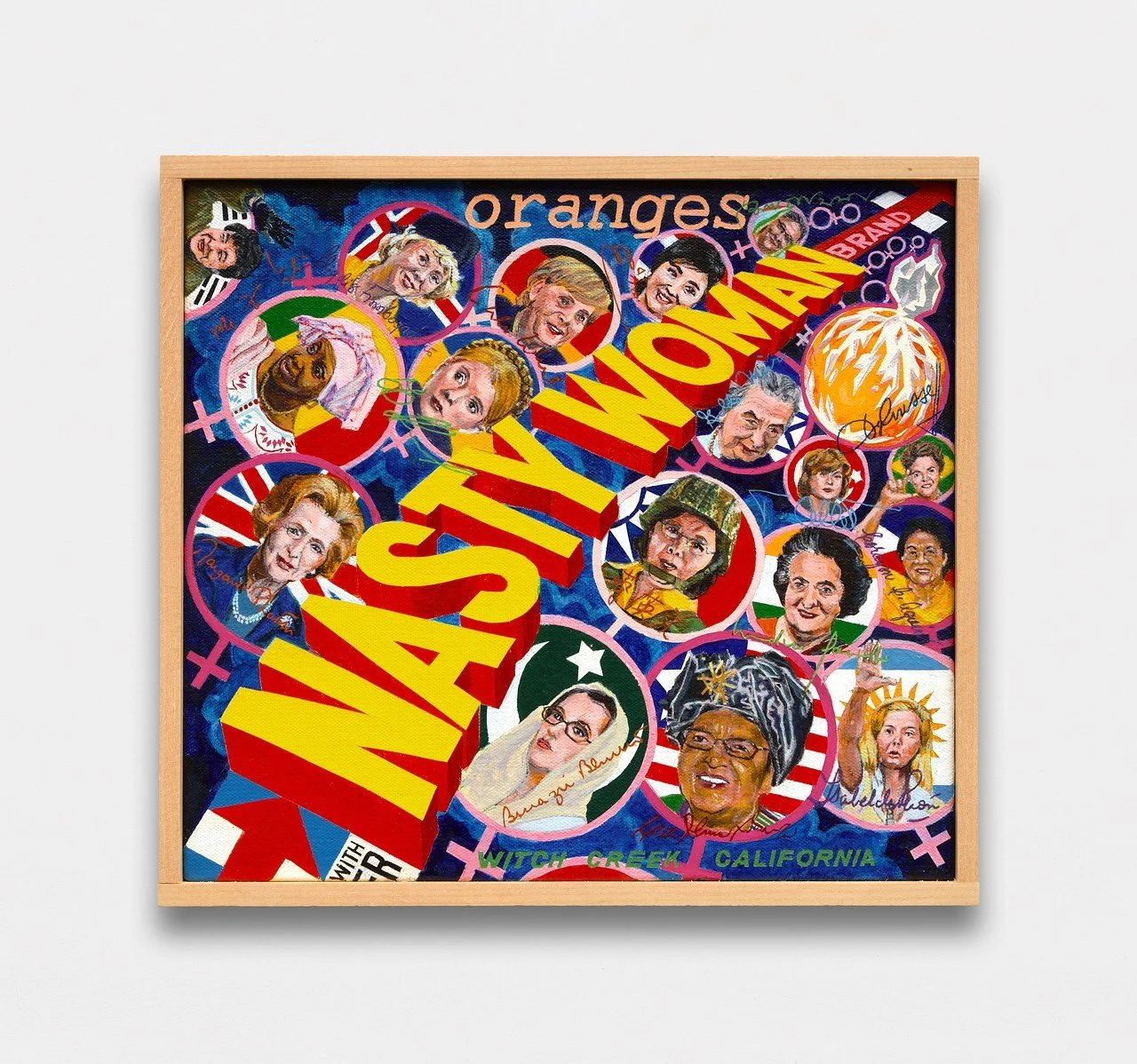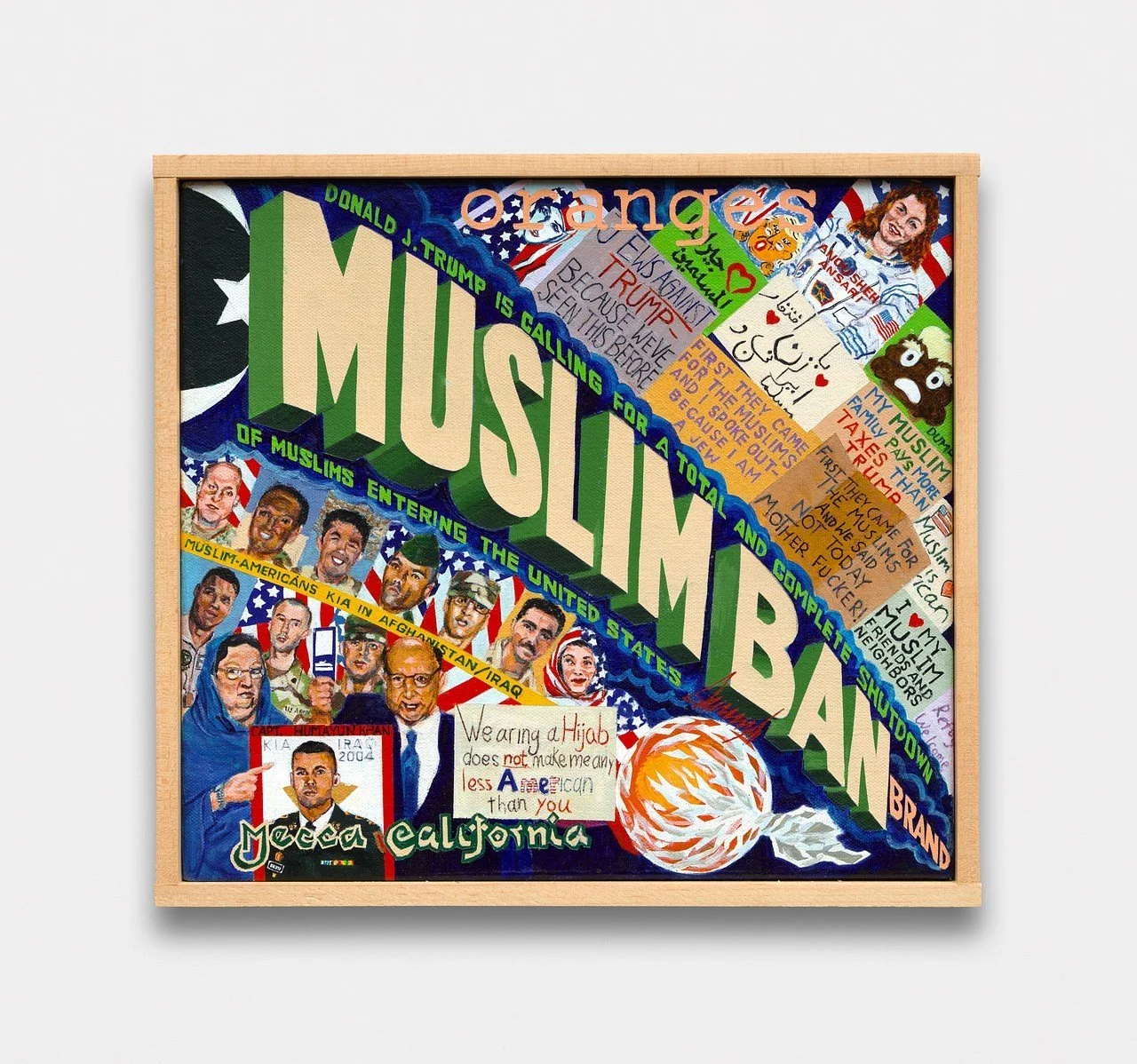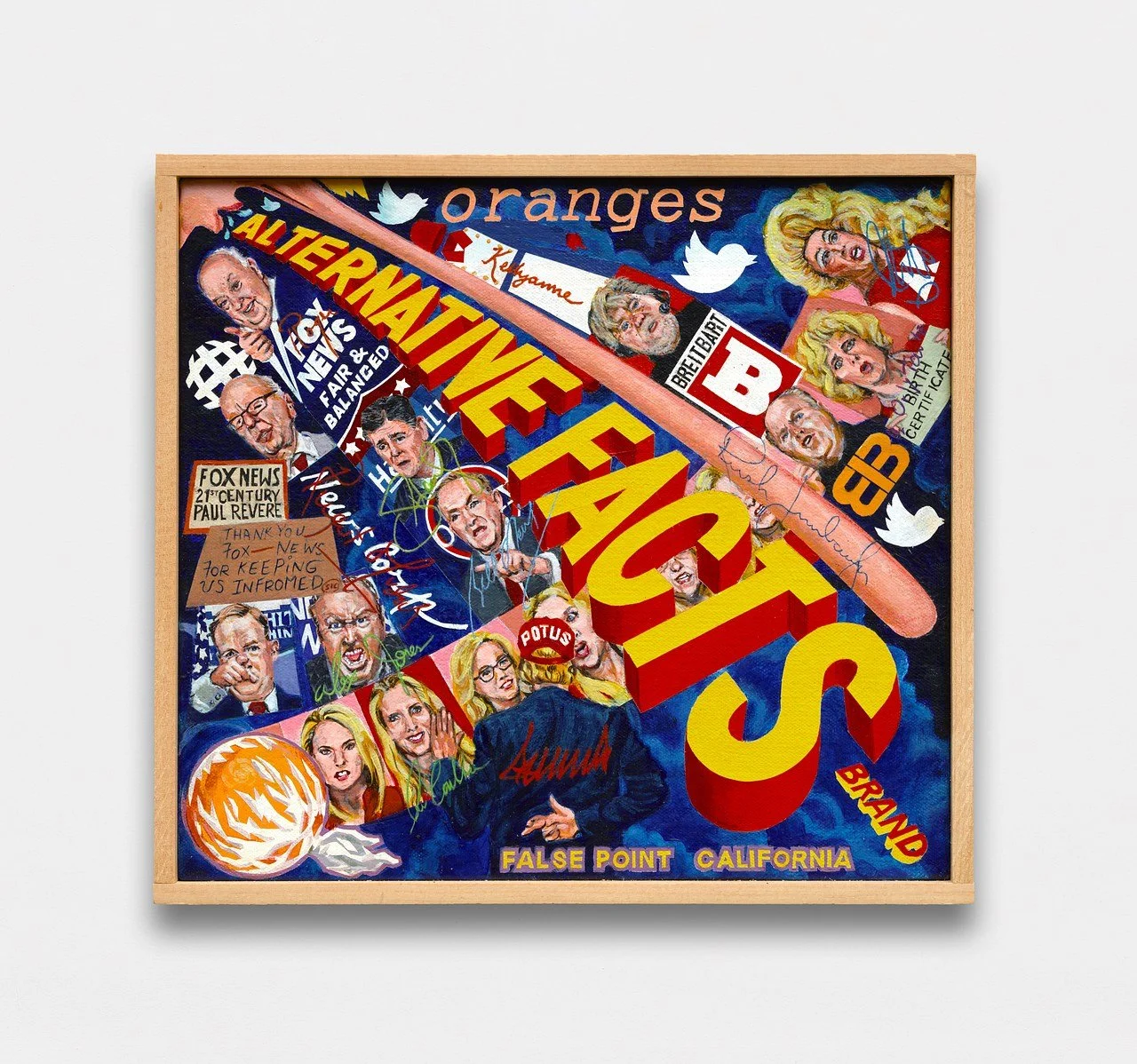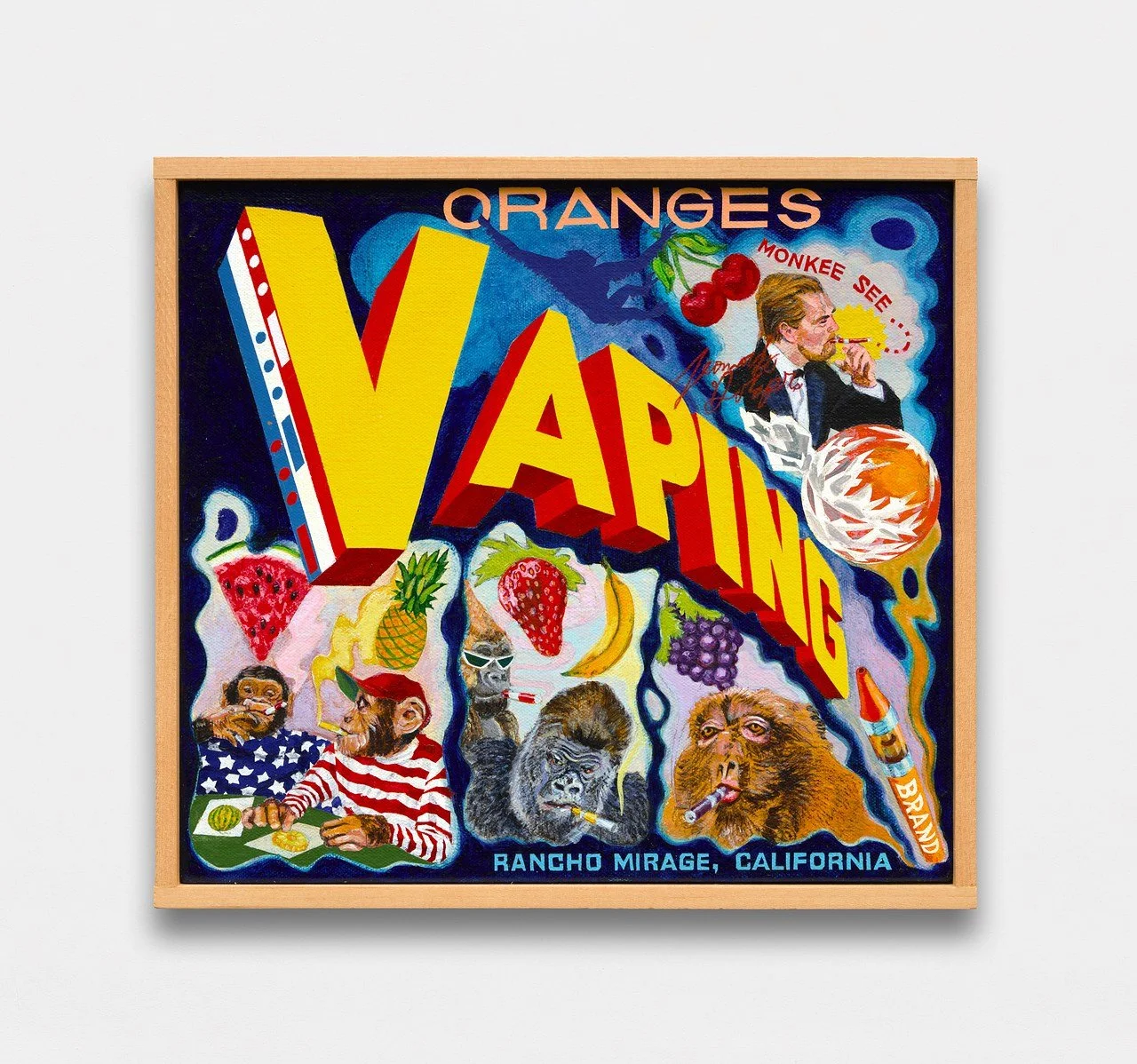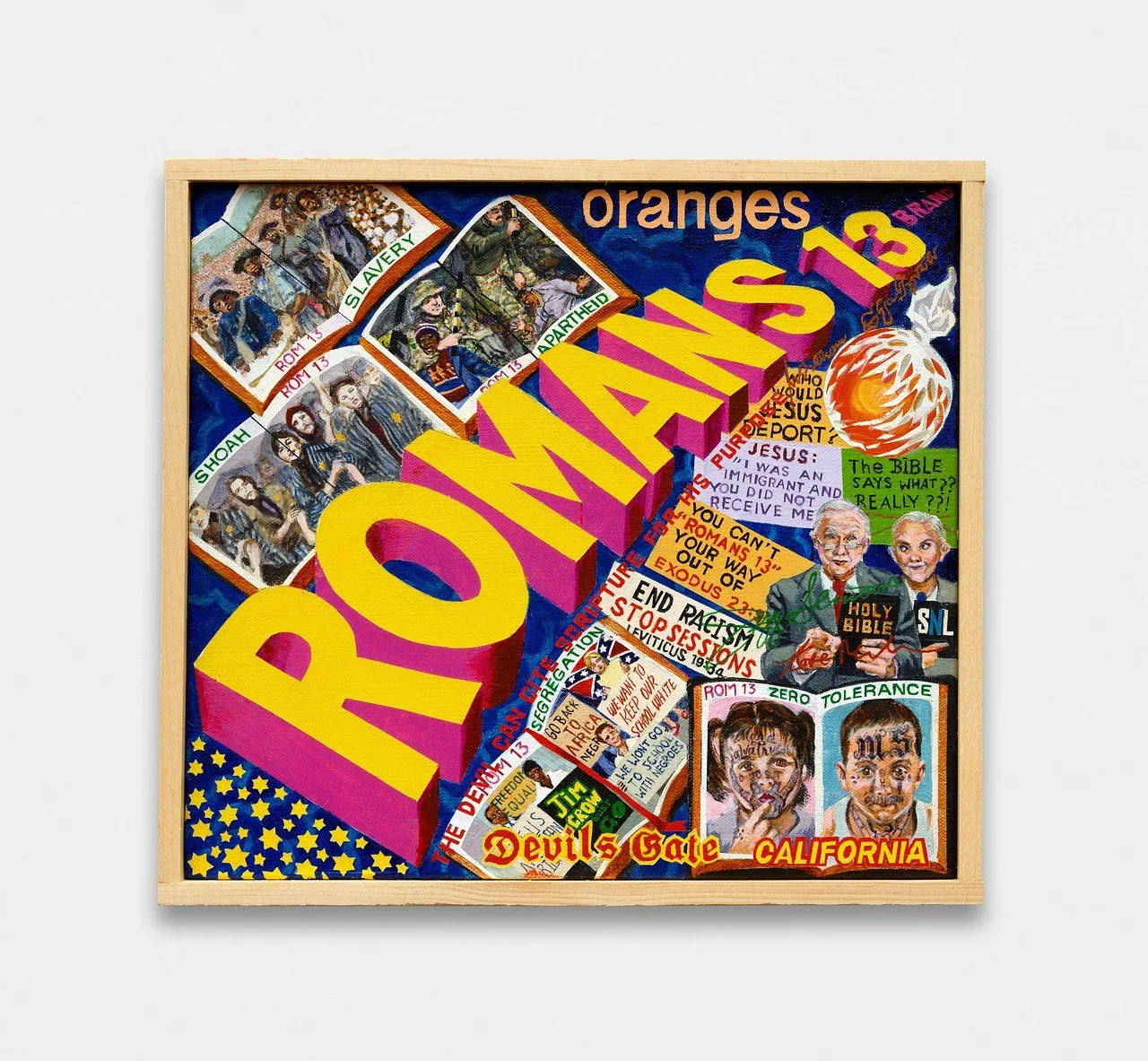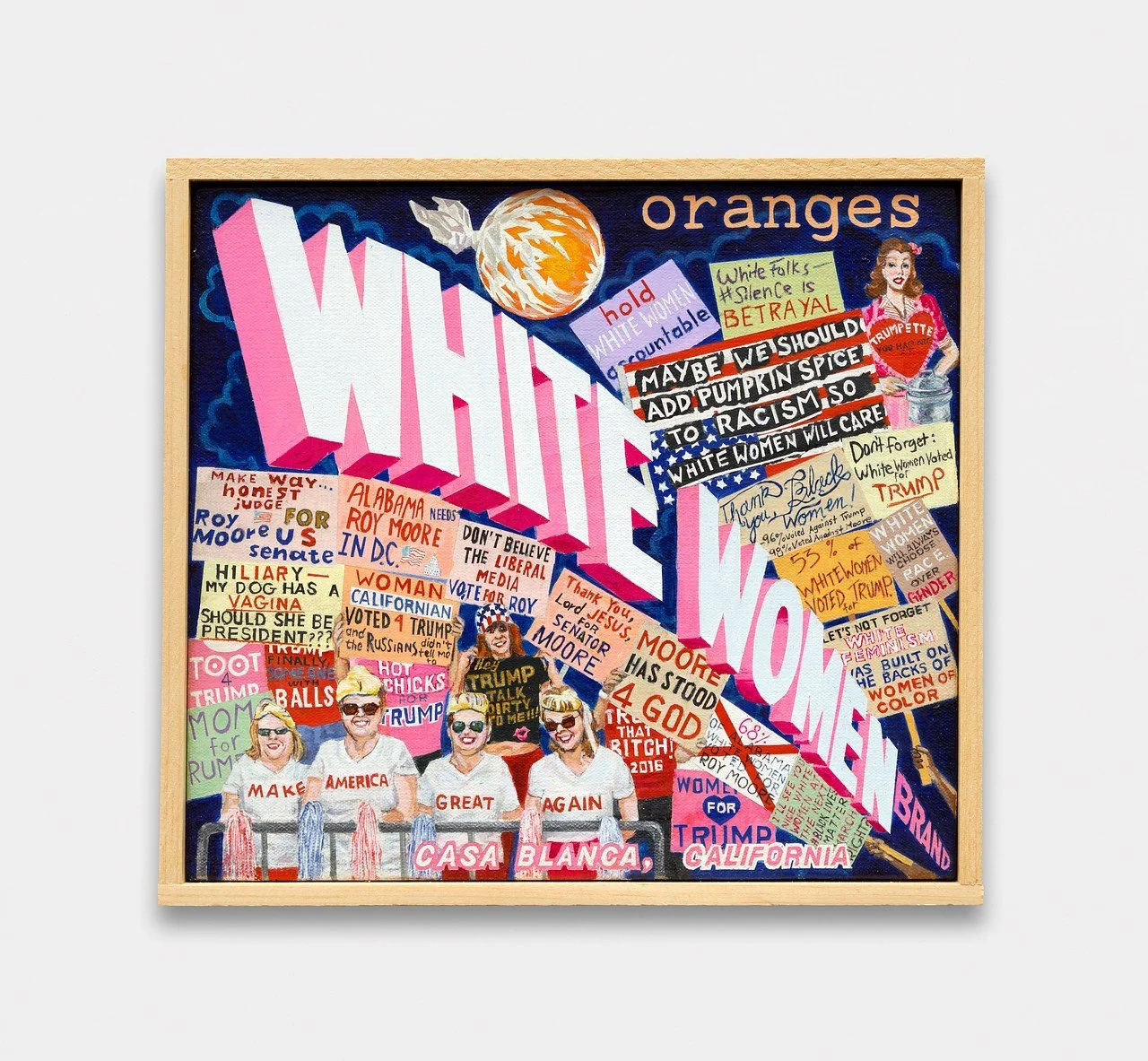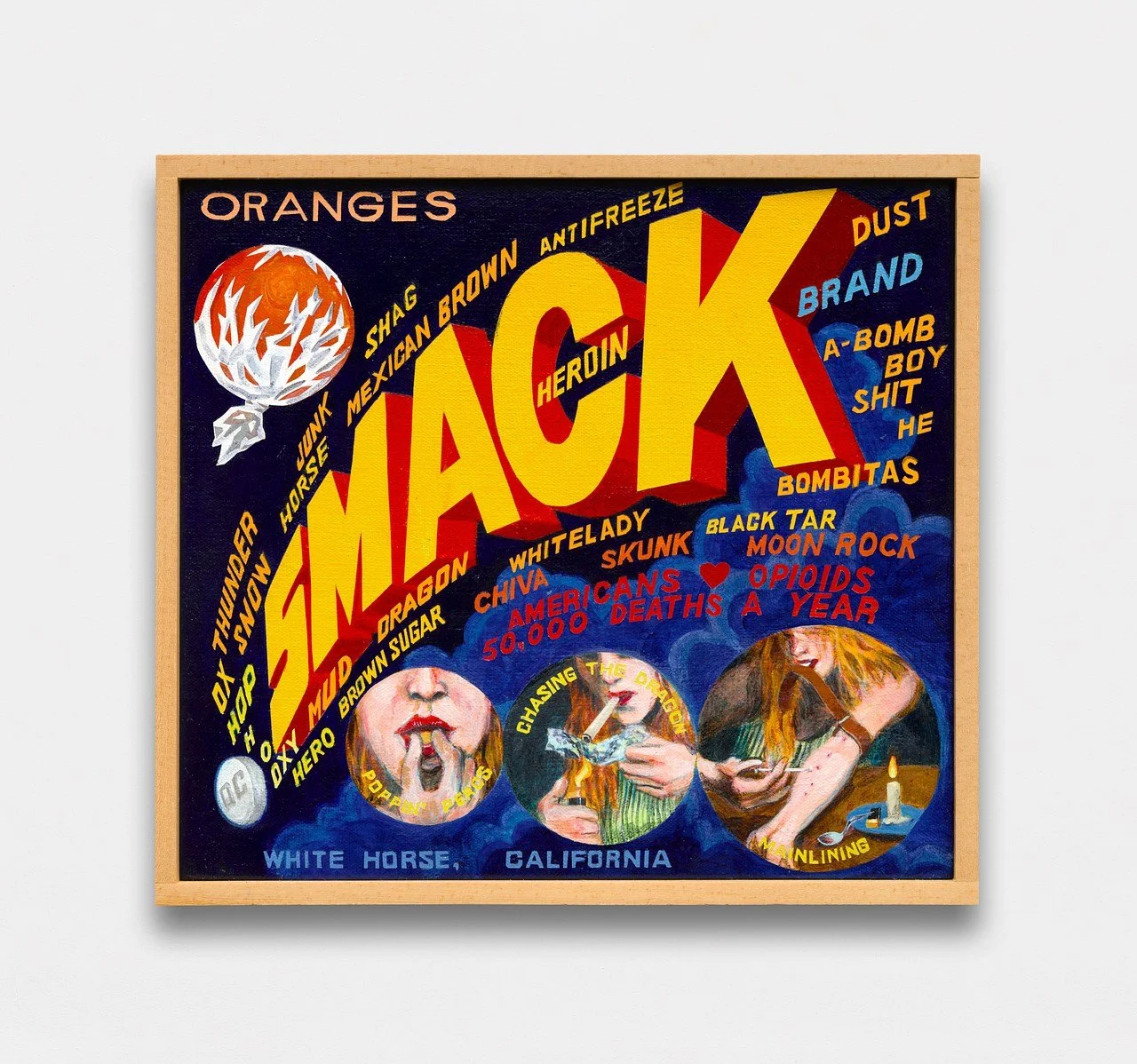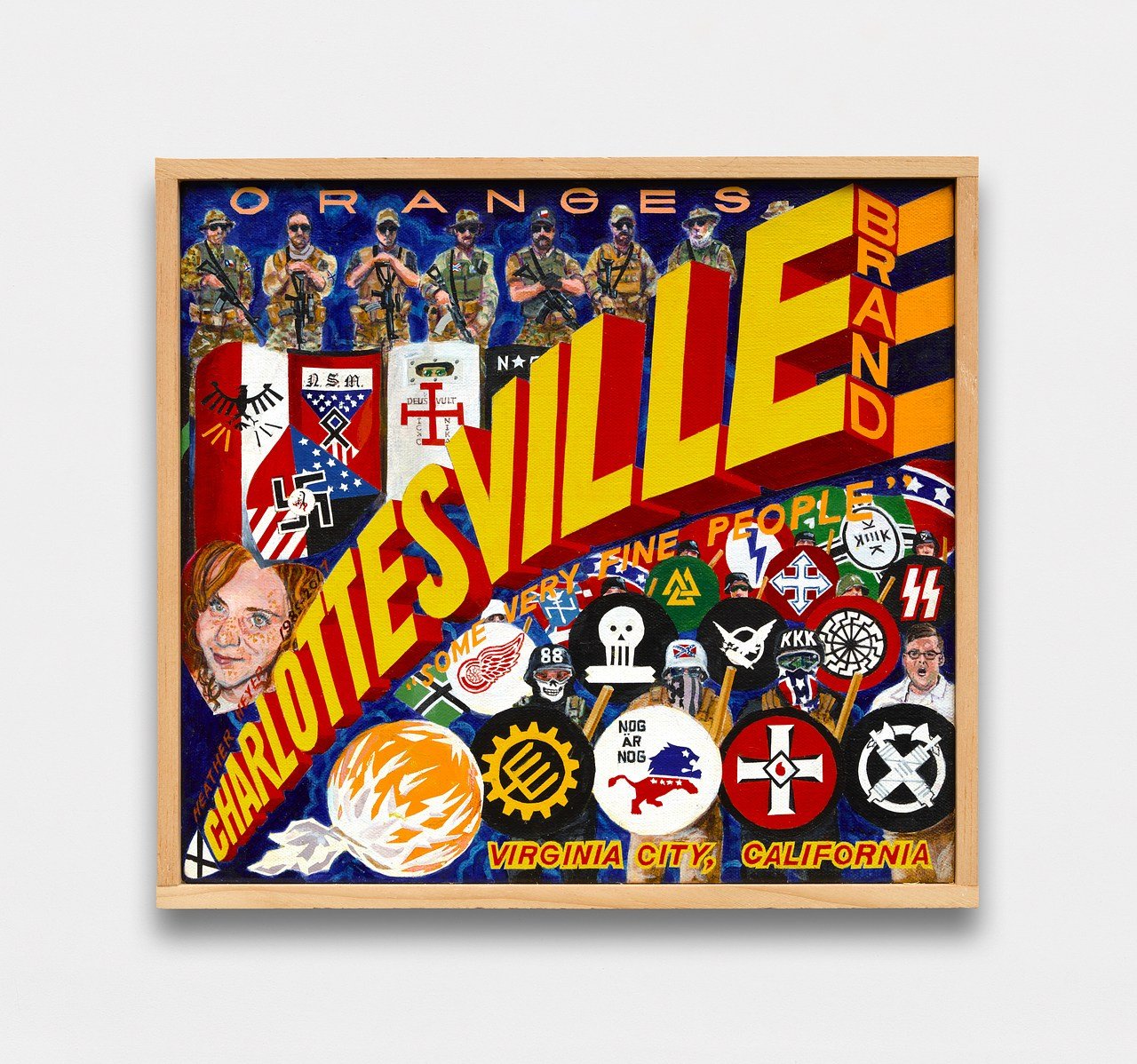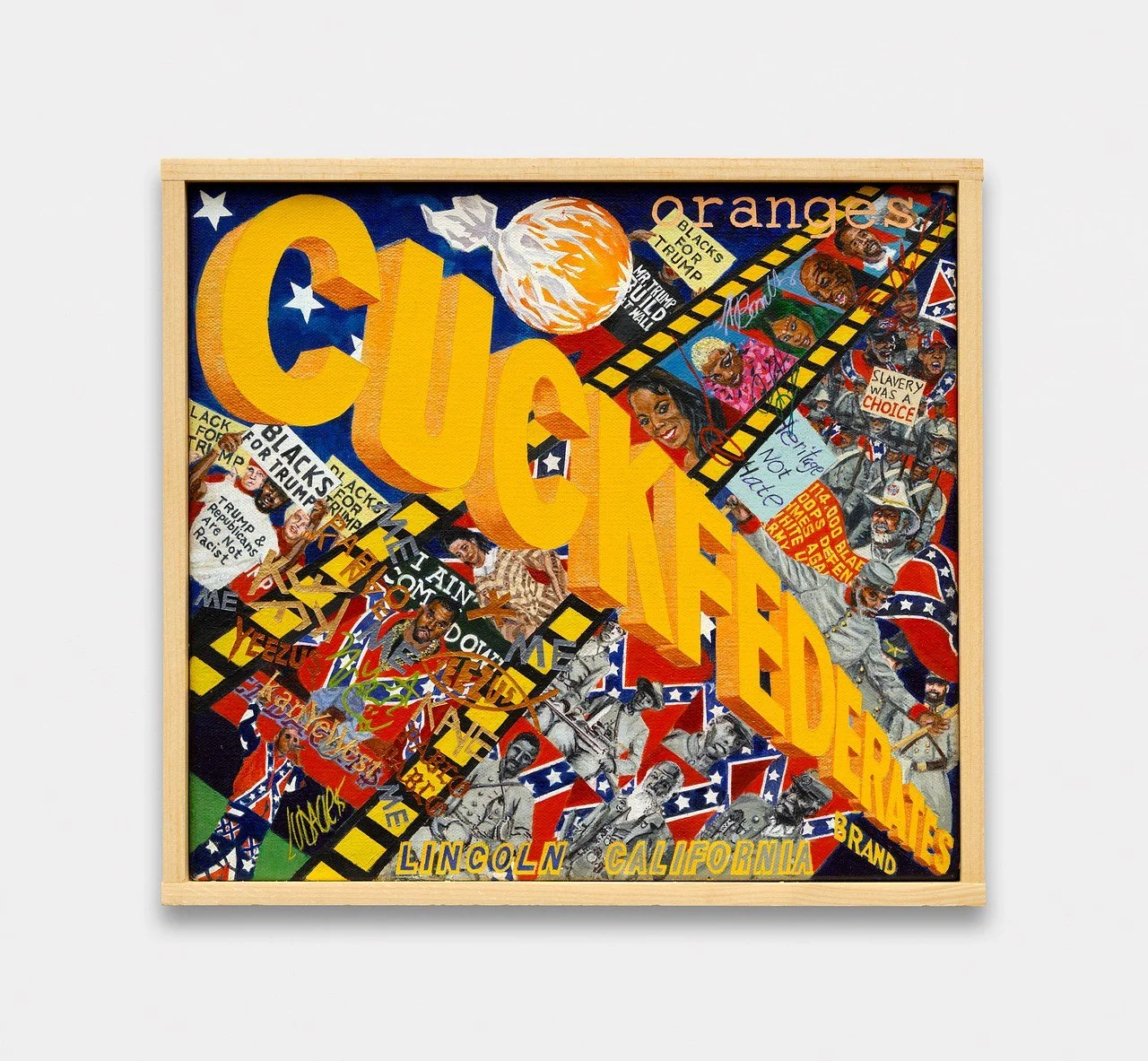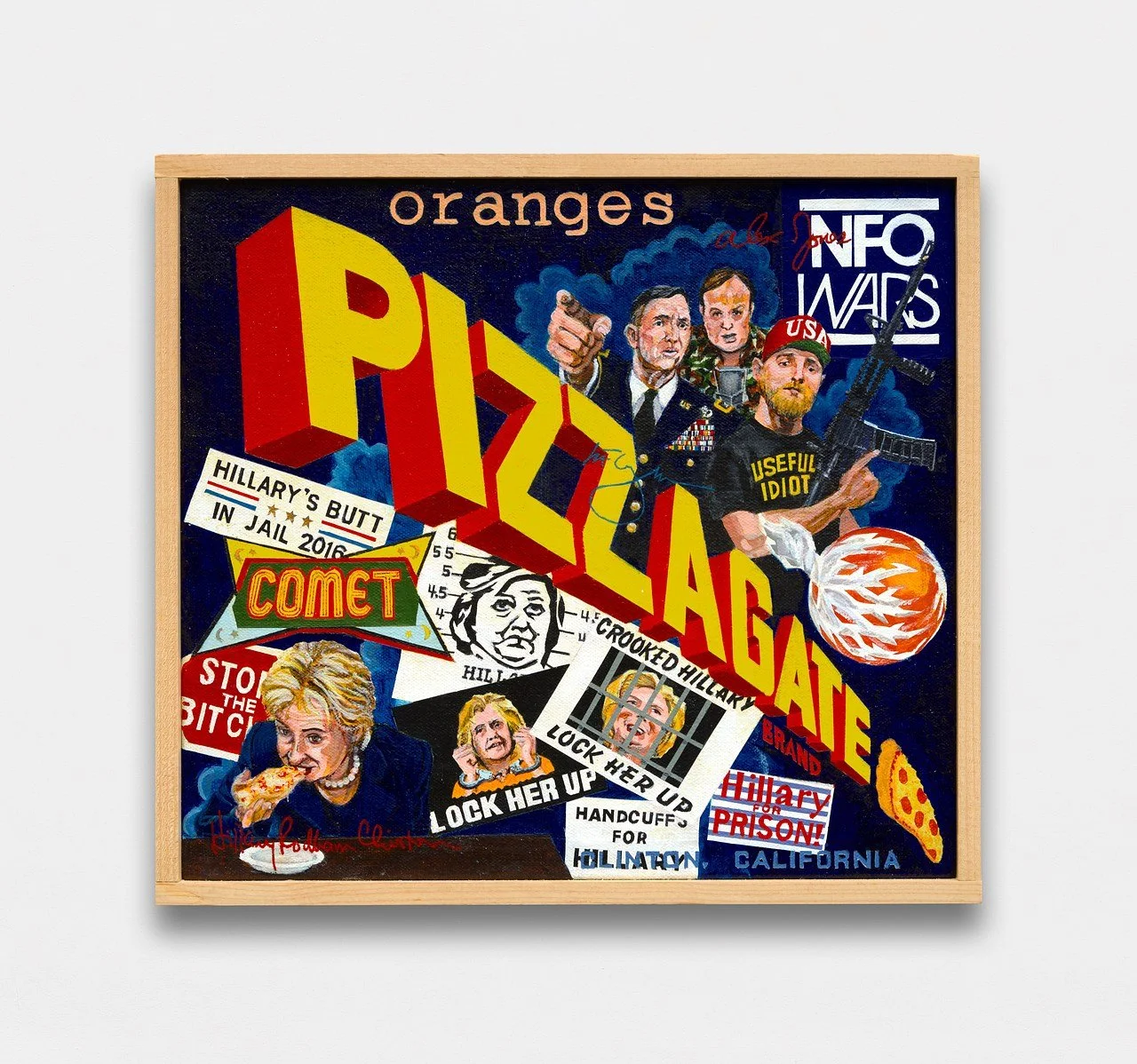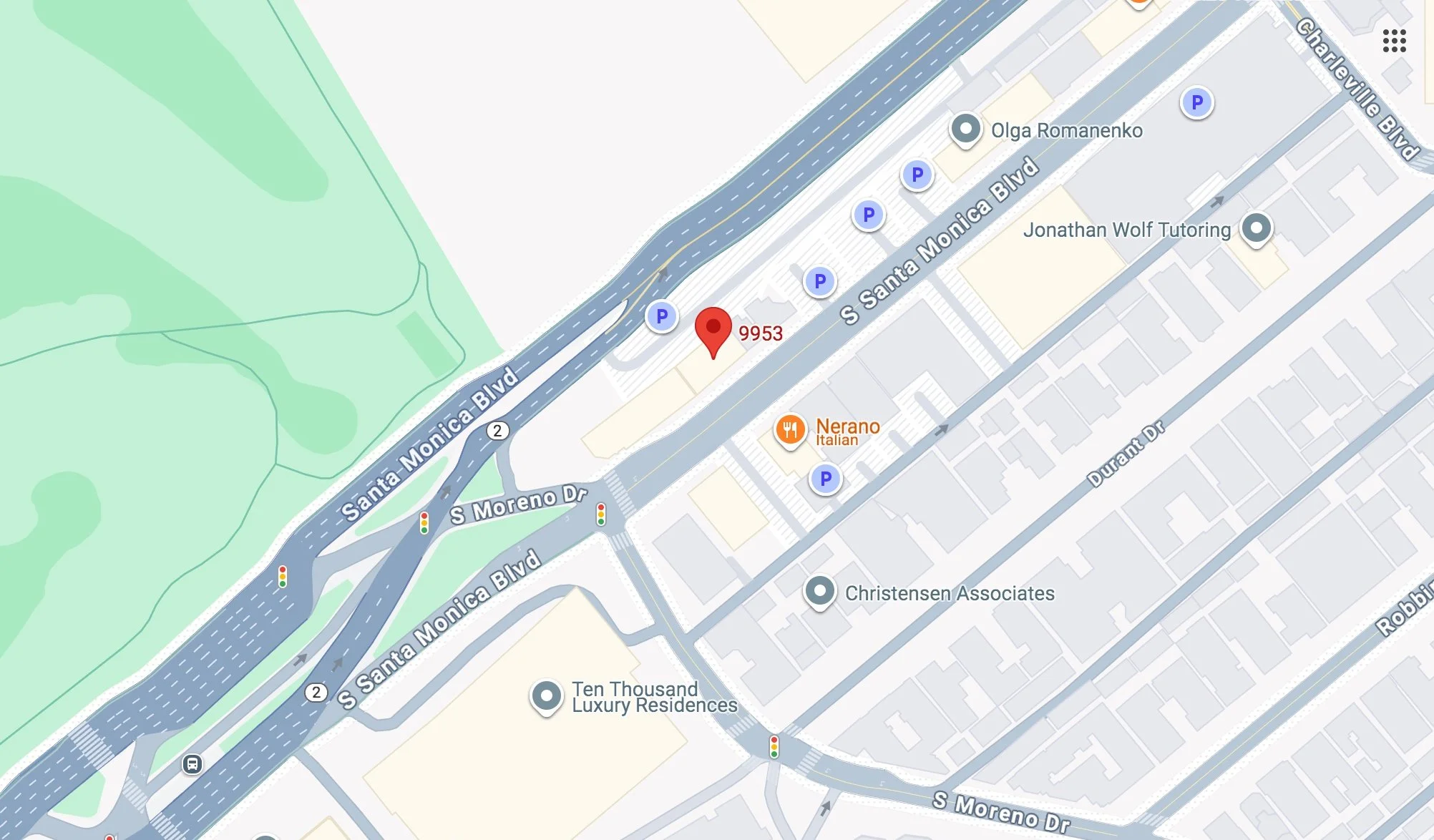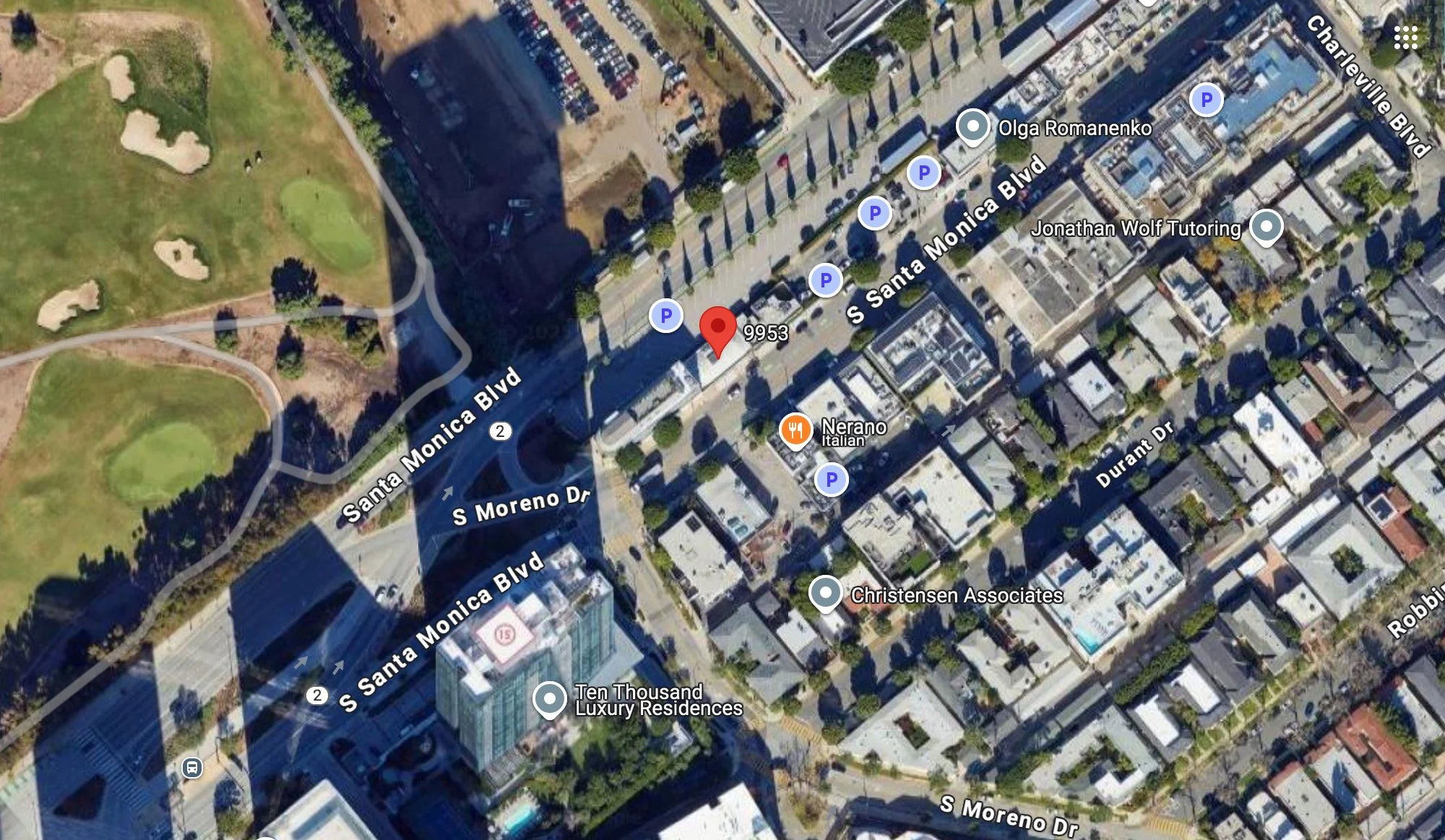AT MARC SELWYN FINE ART
BEVERLY HILLS, CA
Ben Sakoguchi
CHIN MUSIC
NOV 8 - dec 23, 2025
orange crate label series - Ayamé Brand - 1974 - acrylic and enamel on canvas - 10 x 11 in
MARC SELWYN FINE ART / 9953 South Santa Monica Boulevard, Beverly Hills, CA / TUES-SAT, 11AM-6pm or by appointment (CLOSED NOV 27-29) / TEL 310-277-9953 / INFO@MARCSELWYNFINEART.COM
Uncle Wrigley’s Orange Grove - 1973 - intaglio, serigraph, ink on paper - 22 x 30 in
chin music n. /tʃɪn ˌmjuzɪk/ idle chatter.
The Unauthorized History of Baseball: Mexican Americans - acrylic on canvas - 2008
CLICK ON IMAGES V
chin music n. /tʃɪn ˌmjuzɪk/ (baseball) a pitch thrown inside near the head of the batter.
chin music n. /tʃɪn ˌmjuzɪk/ (cricket) a bouncer aimed near the batsman's chin.
orange crate label series - acrylic on canvas - 1978 through 2011
CLICK ON IMAGES V
chin music n. /tʃɪn ˌmjuzɪk/ (archaic) promotional copy; persuasive writing.
orange crate label series - acrylic on canvas - 2002 through 2022
CLICK ON IMAGES V
chin music n. /tʃɪn ˌmjuzɪk/ (archaic) razzing or heckling from baseball fans.
orange crate label series - acrylic on canvas - 1995 through 2021
CLICK ON IMAGES V
chin music n. /tʃɪn ˌmjuzɪk/ (boxing) a blow to the face, esp. a knockout punch.
Postcards from Camp (series) - acrylic on canvas - 1999-2001
CLICK ON IMAGES V
The Unauthorized History of Baseball: Pacific Duel Brand - 2008 - acrylic on canvas - 10 x 11 in
The Unauthorized History of Baseball : Grasshopper Brand - 2015 - acrylic on canvas - 10 x 11 in
chin music n. /tʃɪn ˌmjuzɪk/ conversation, chatter, talk, esp. defiant, aggressive, cheeky talk
Words (series) acrylic on canvas, 2016-18
CLICK ON IMAGES V
